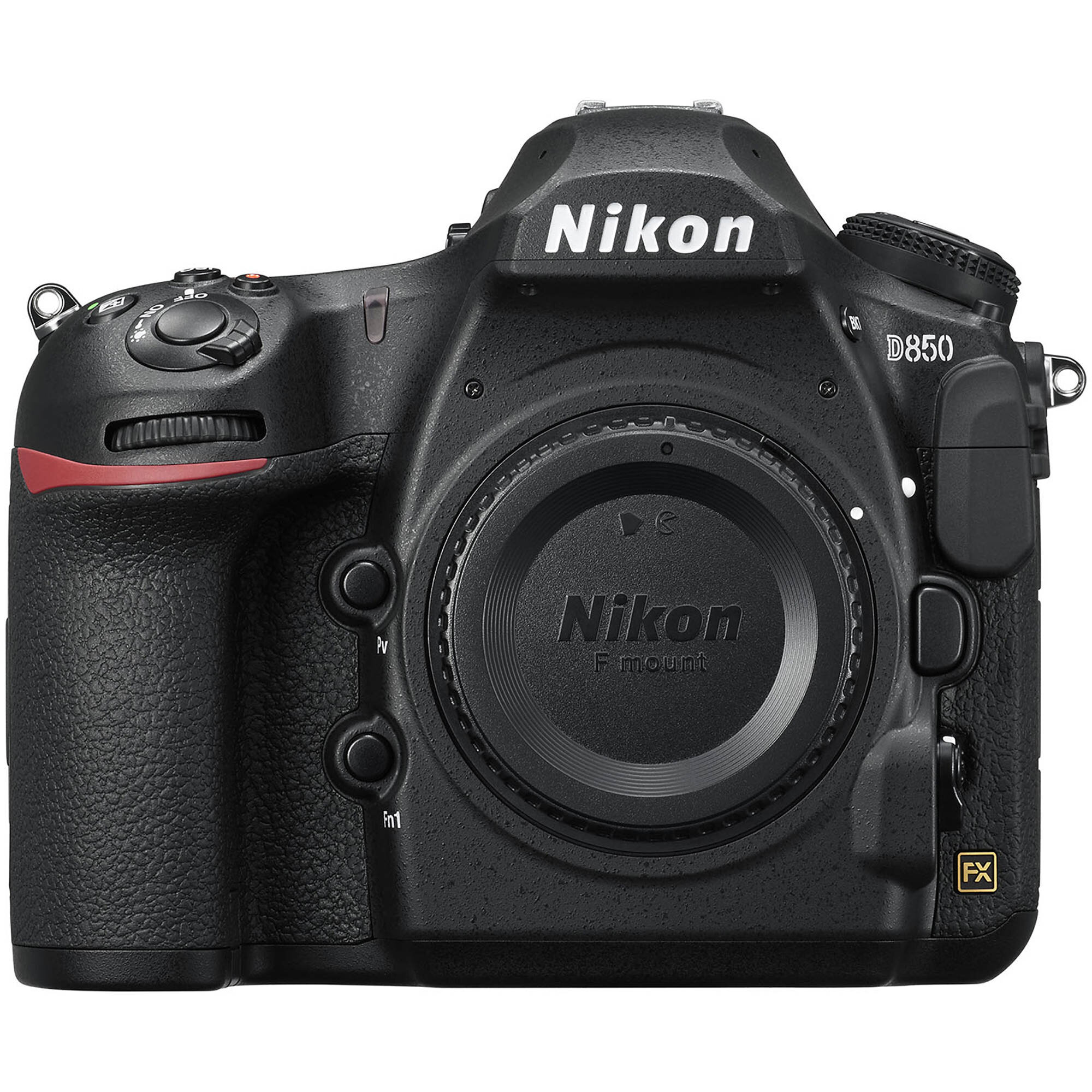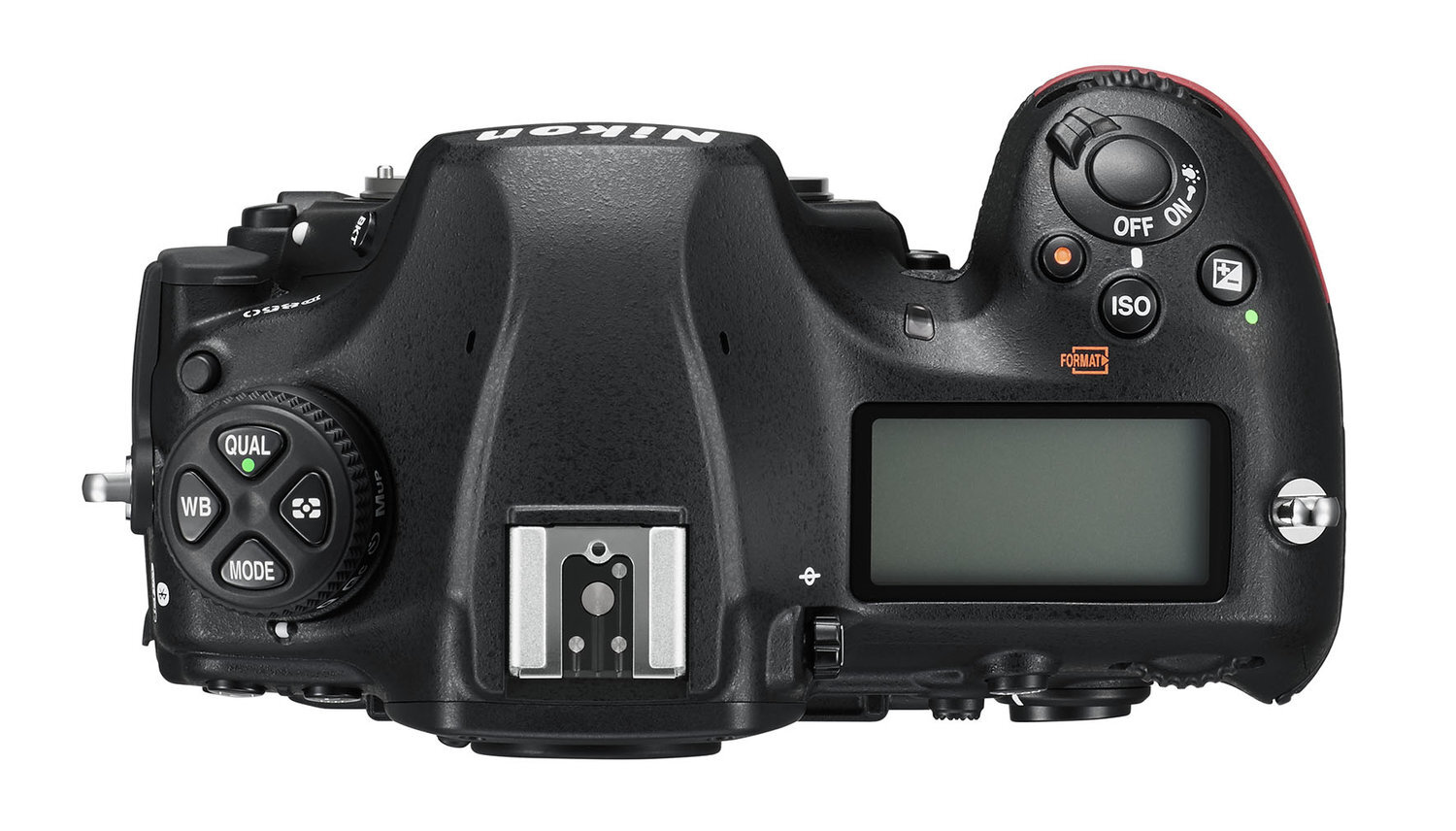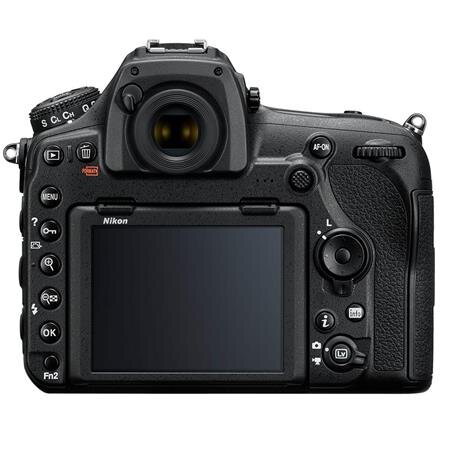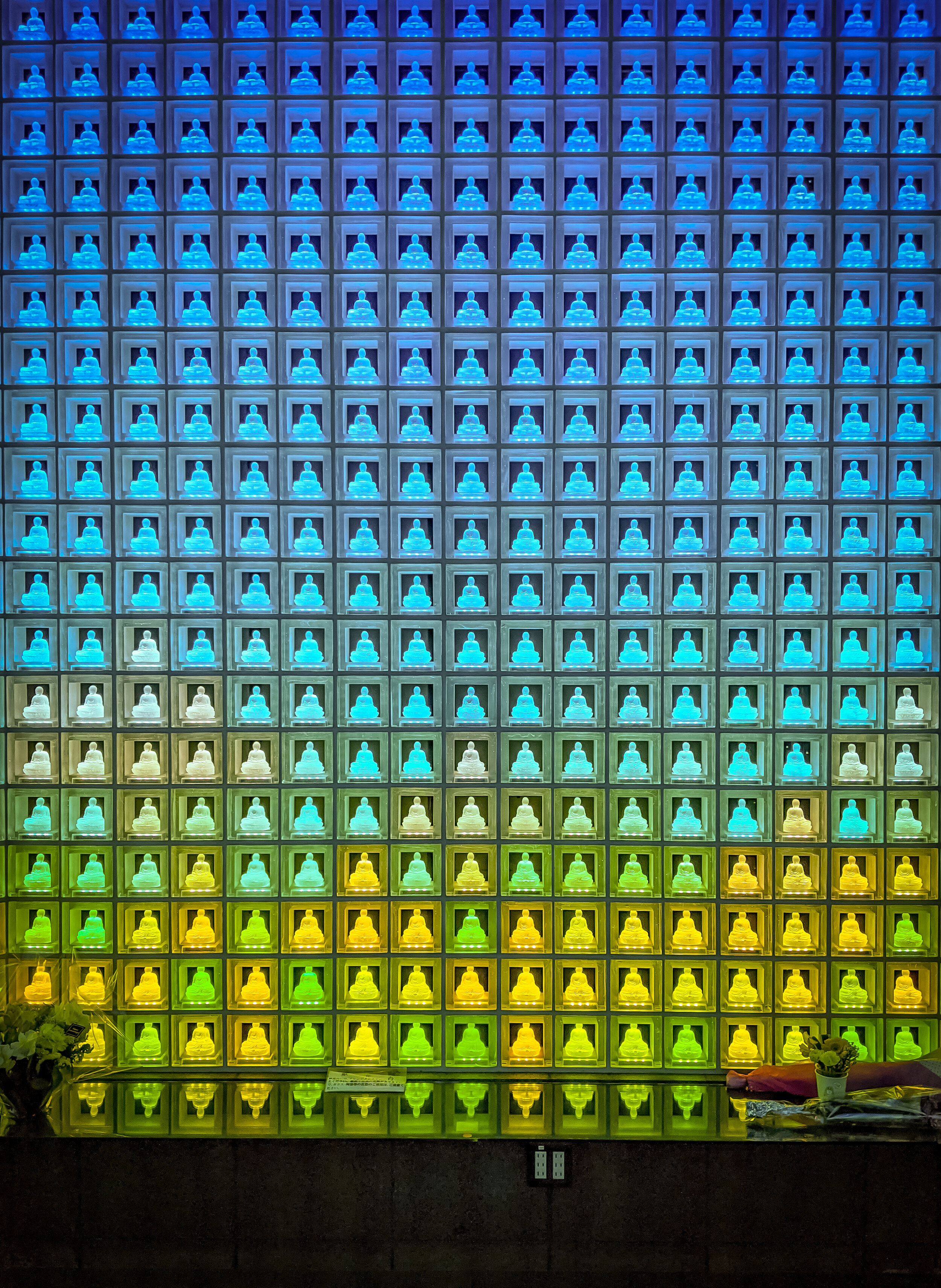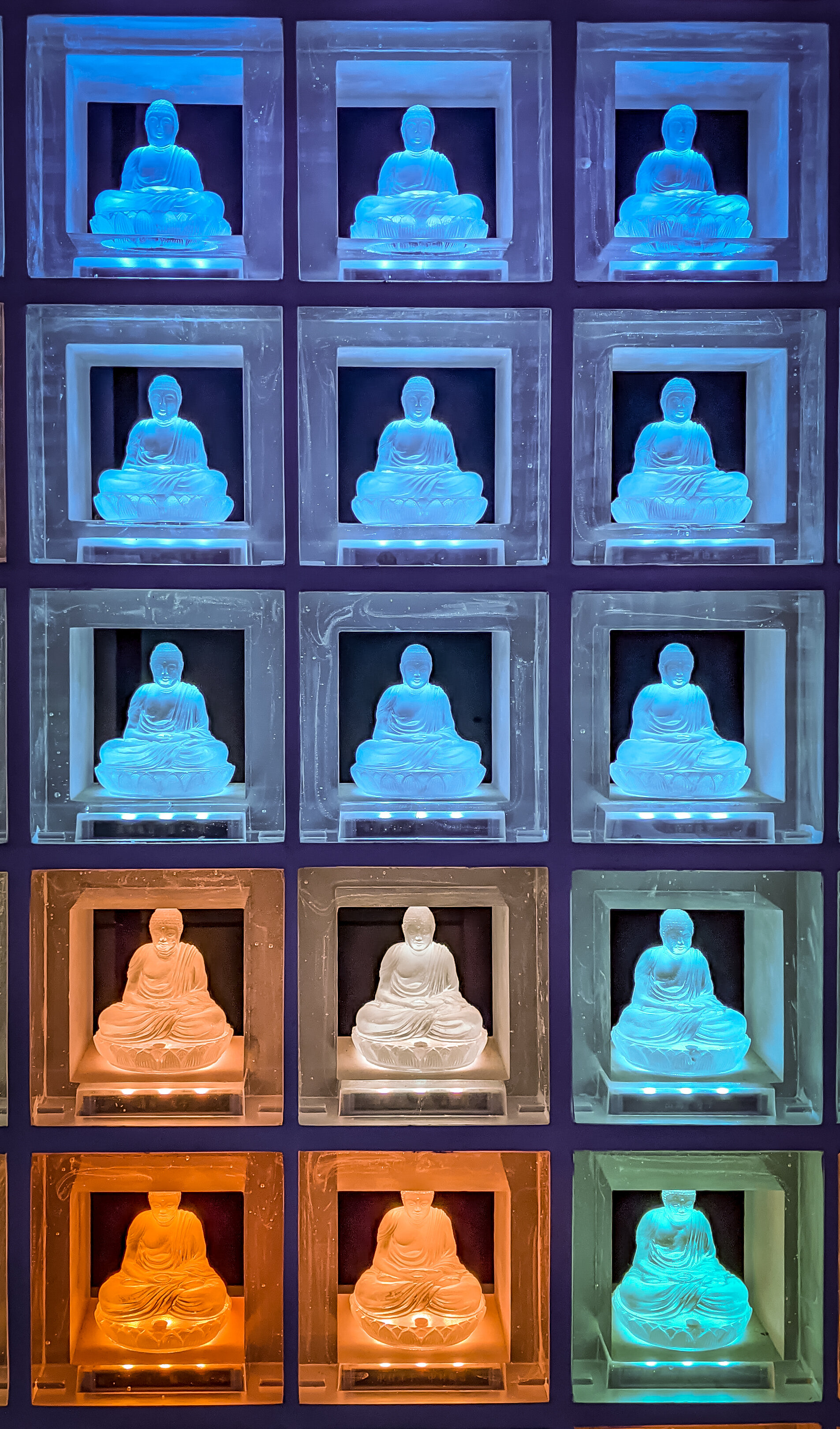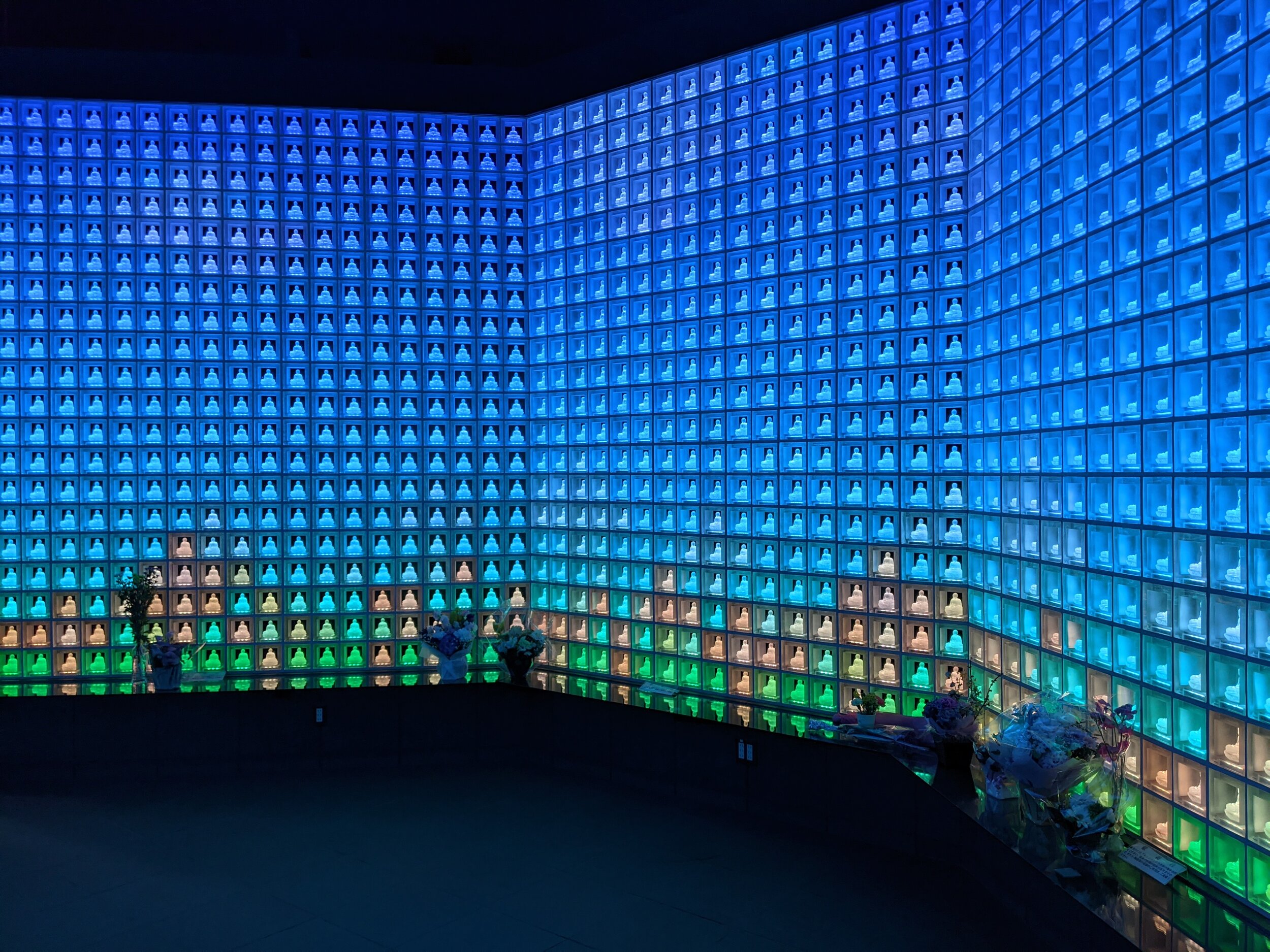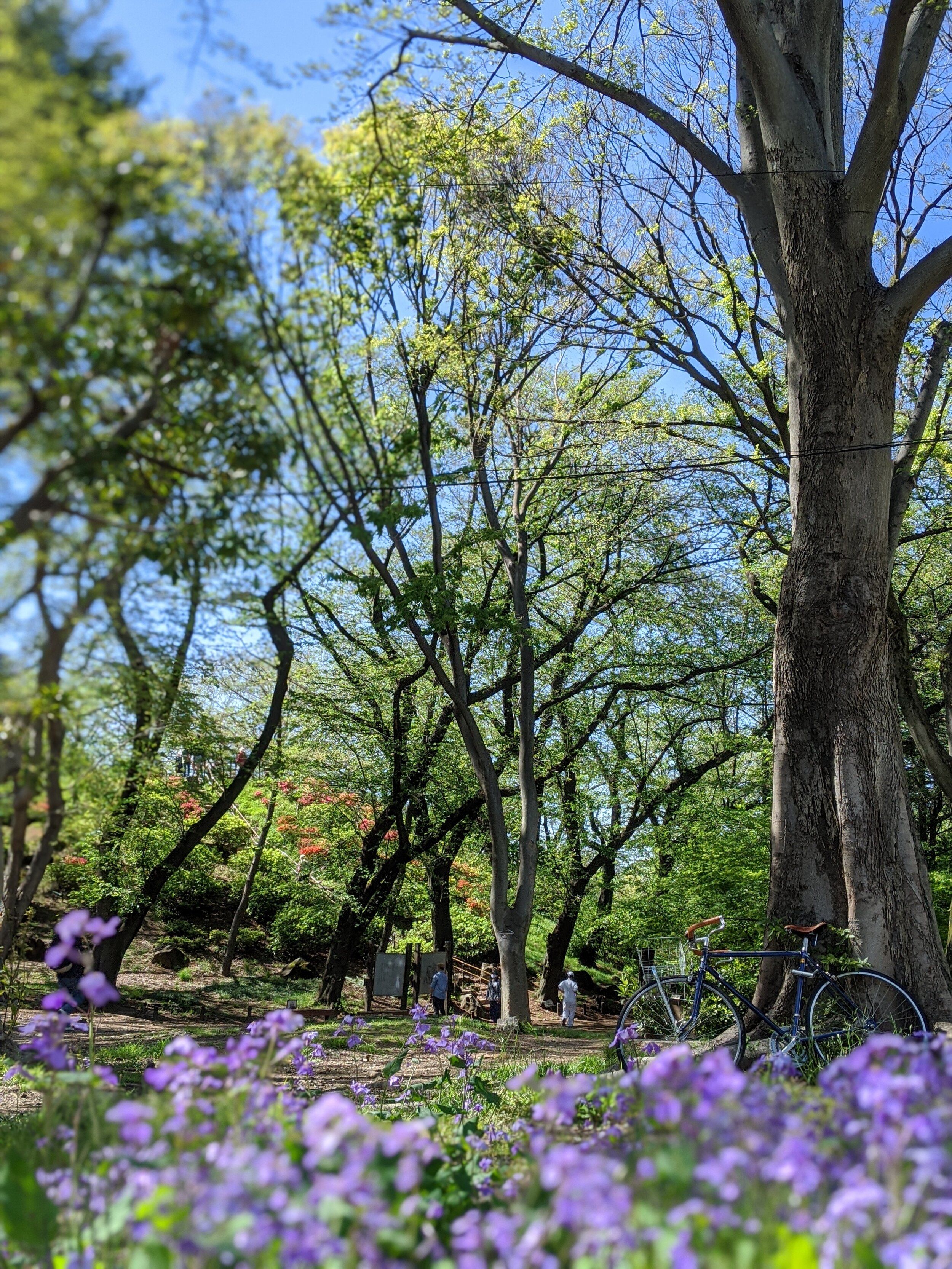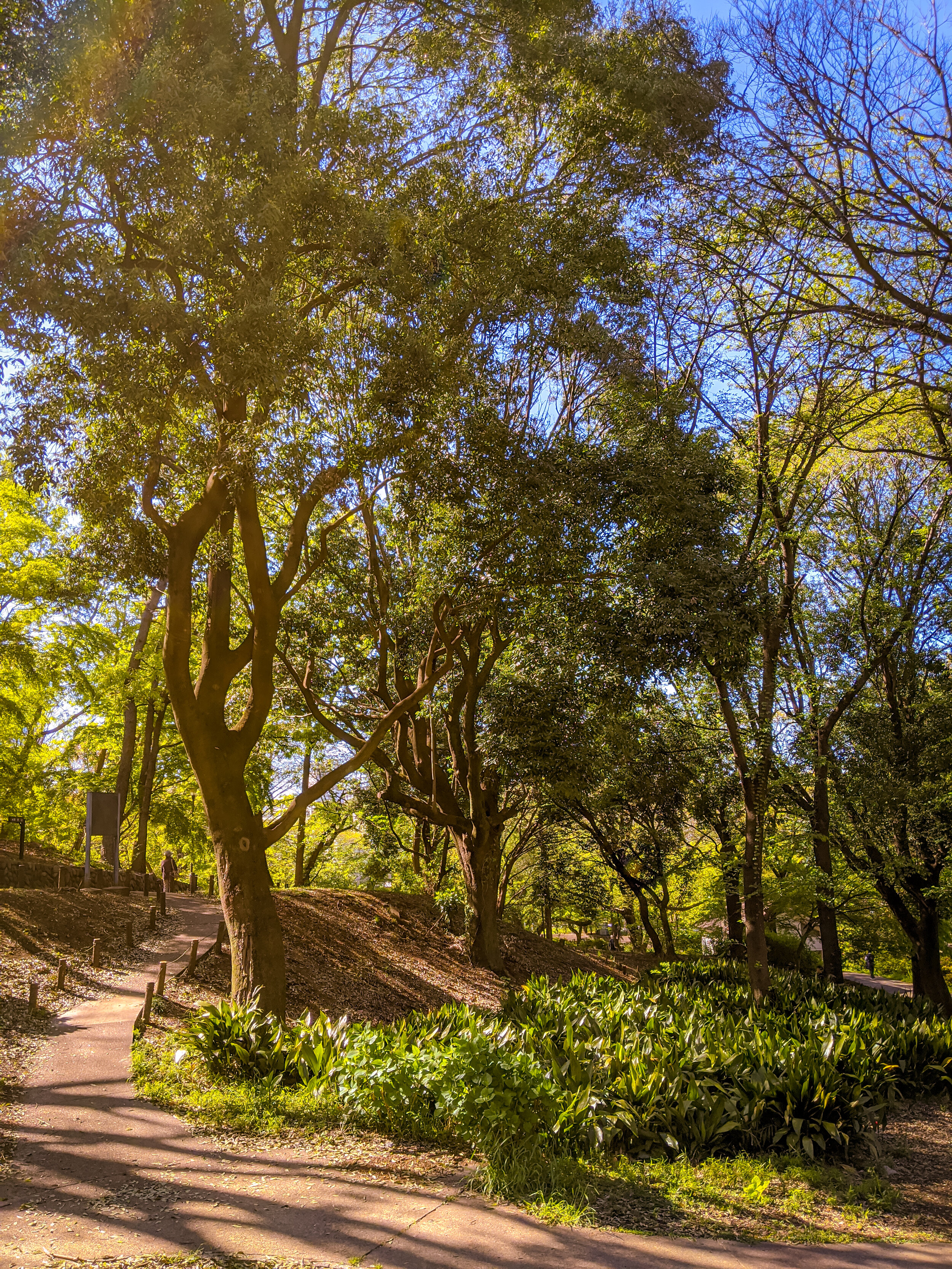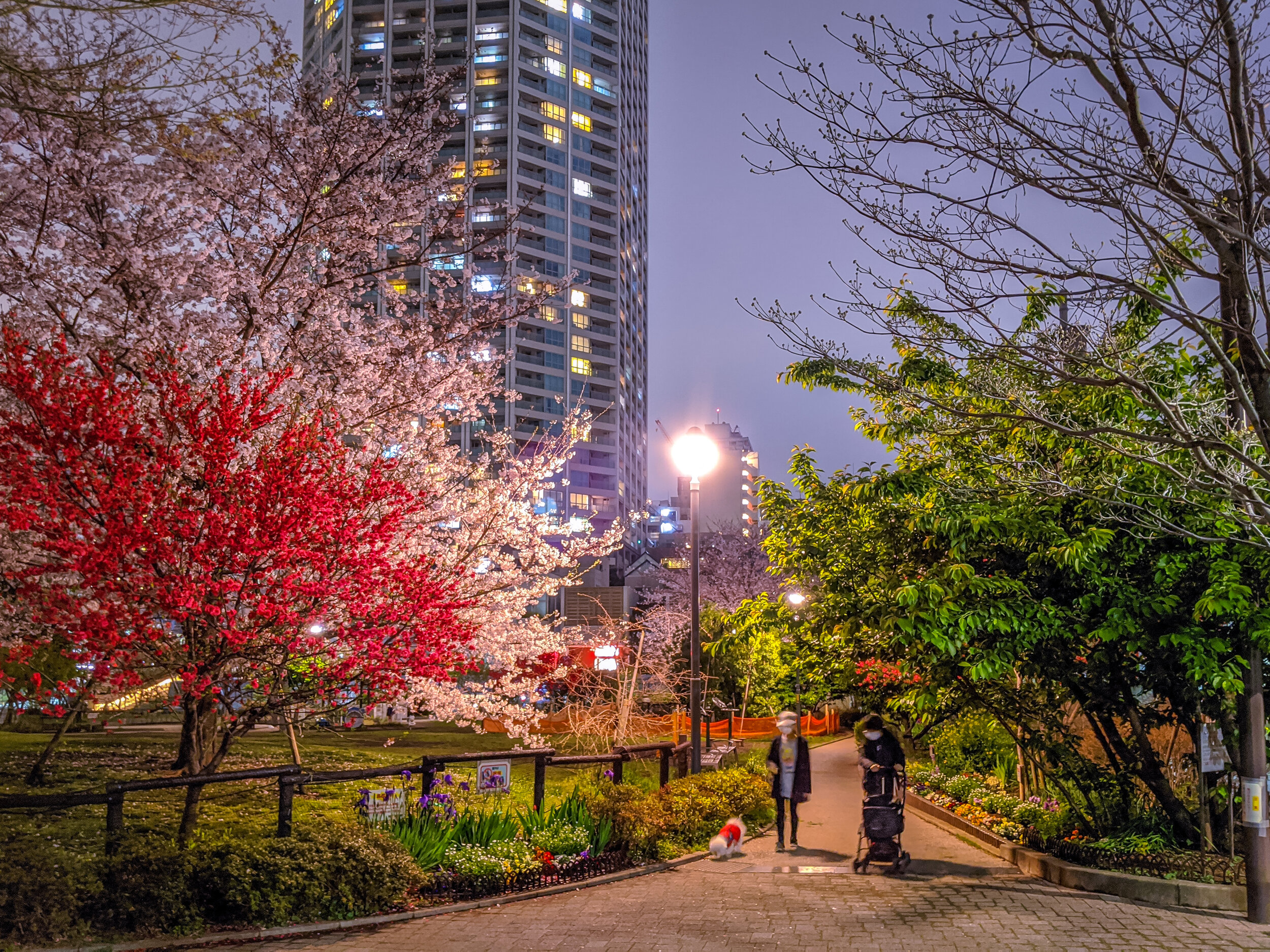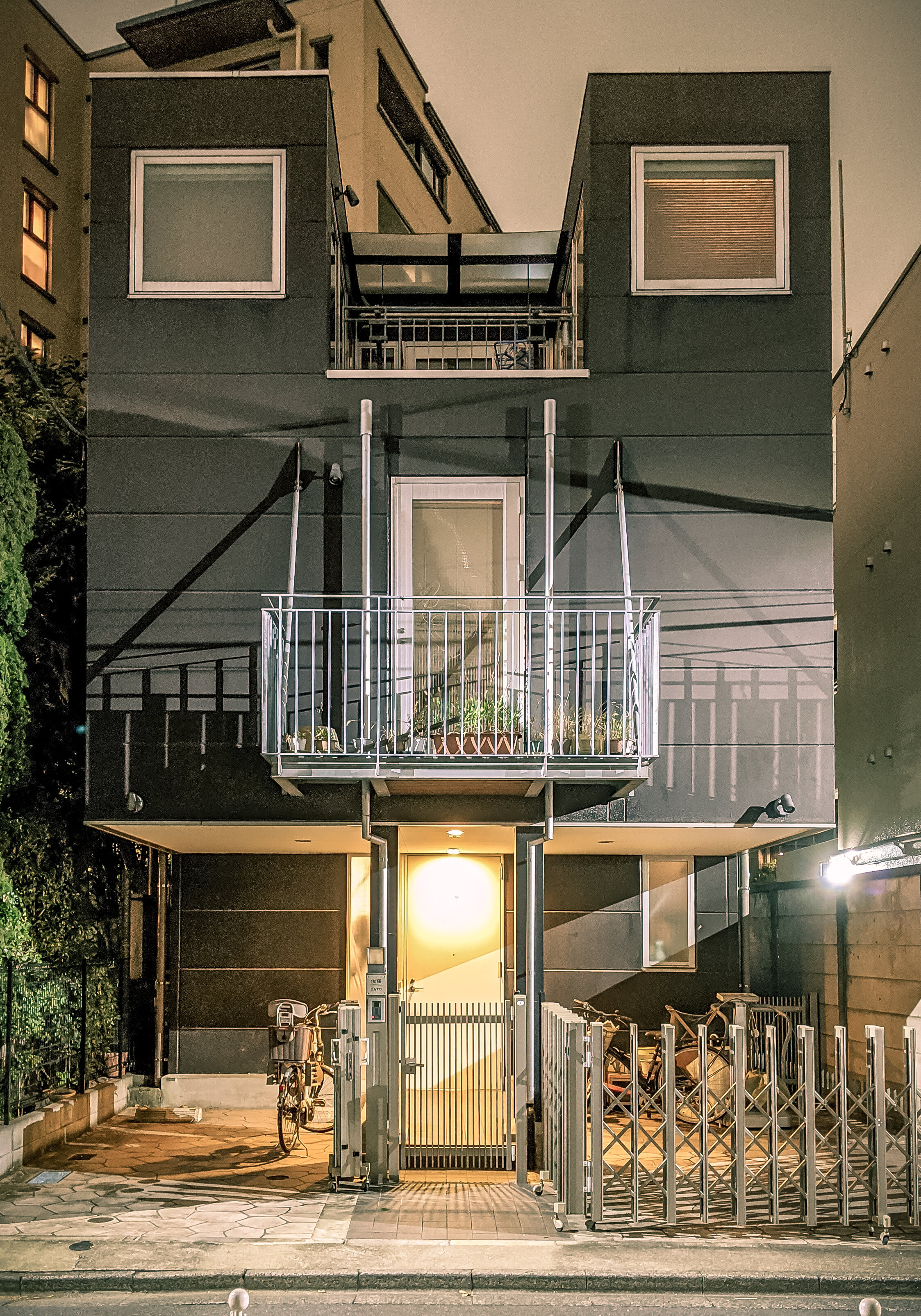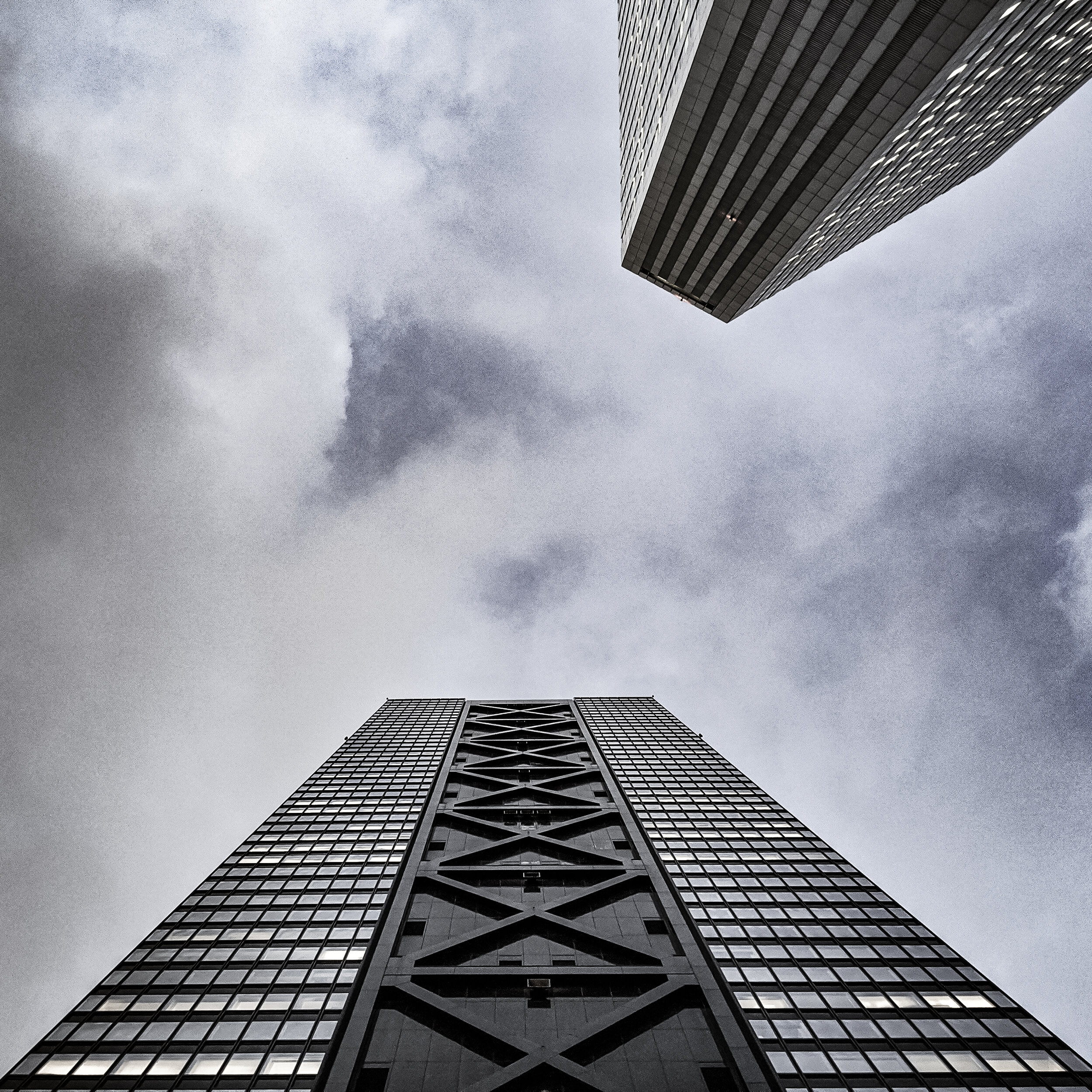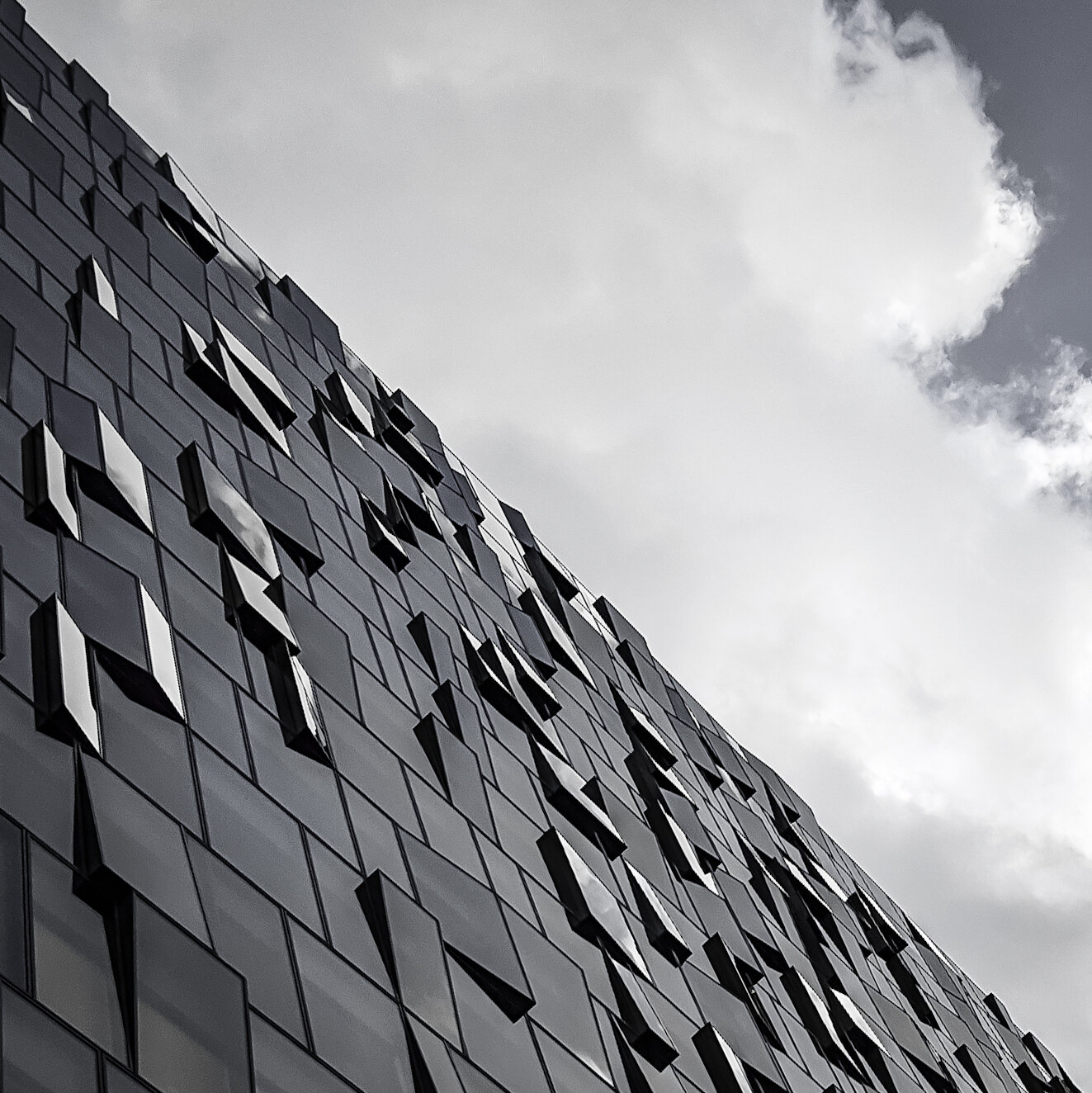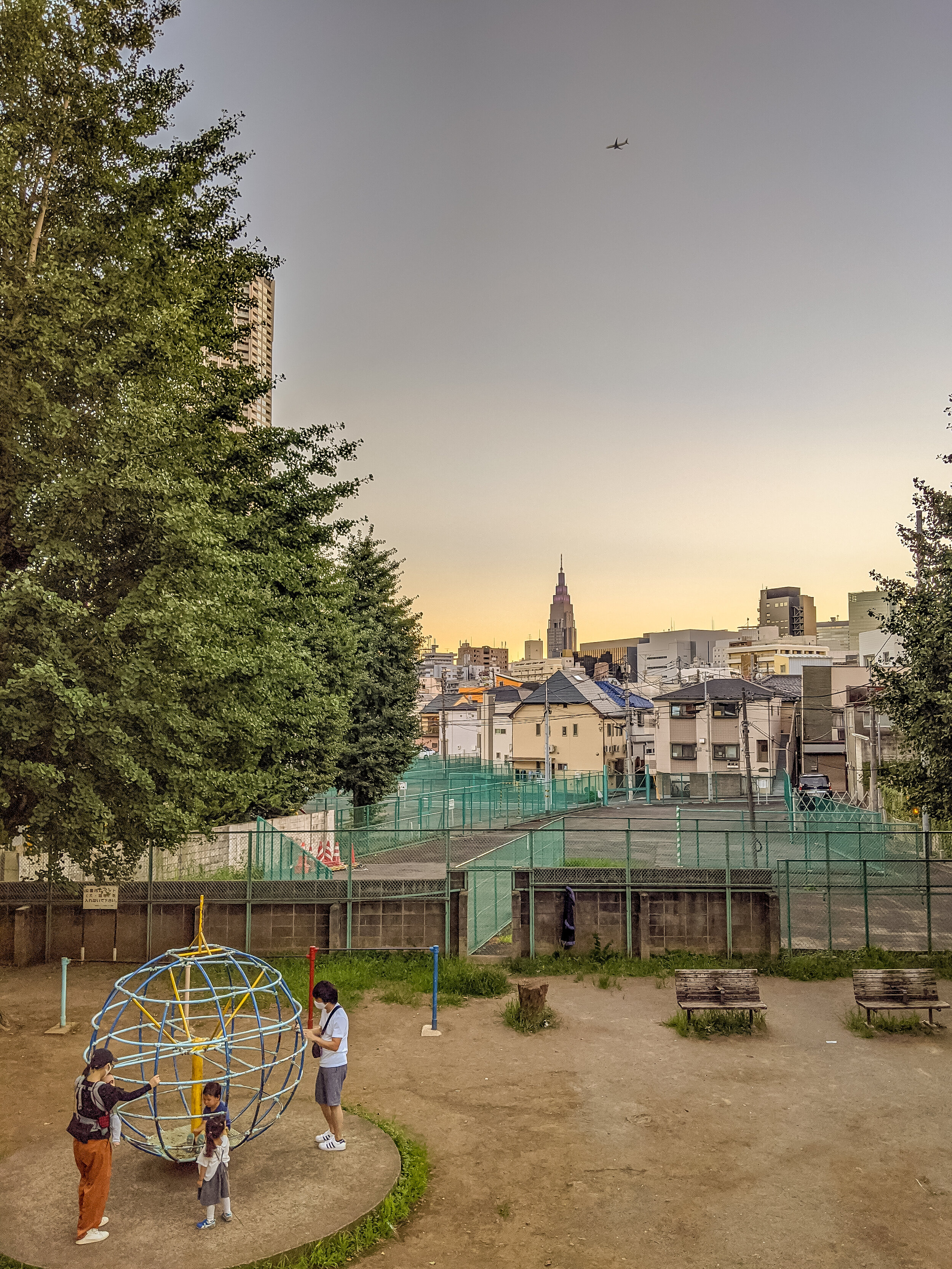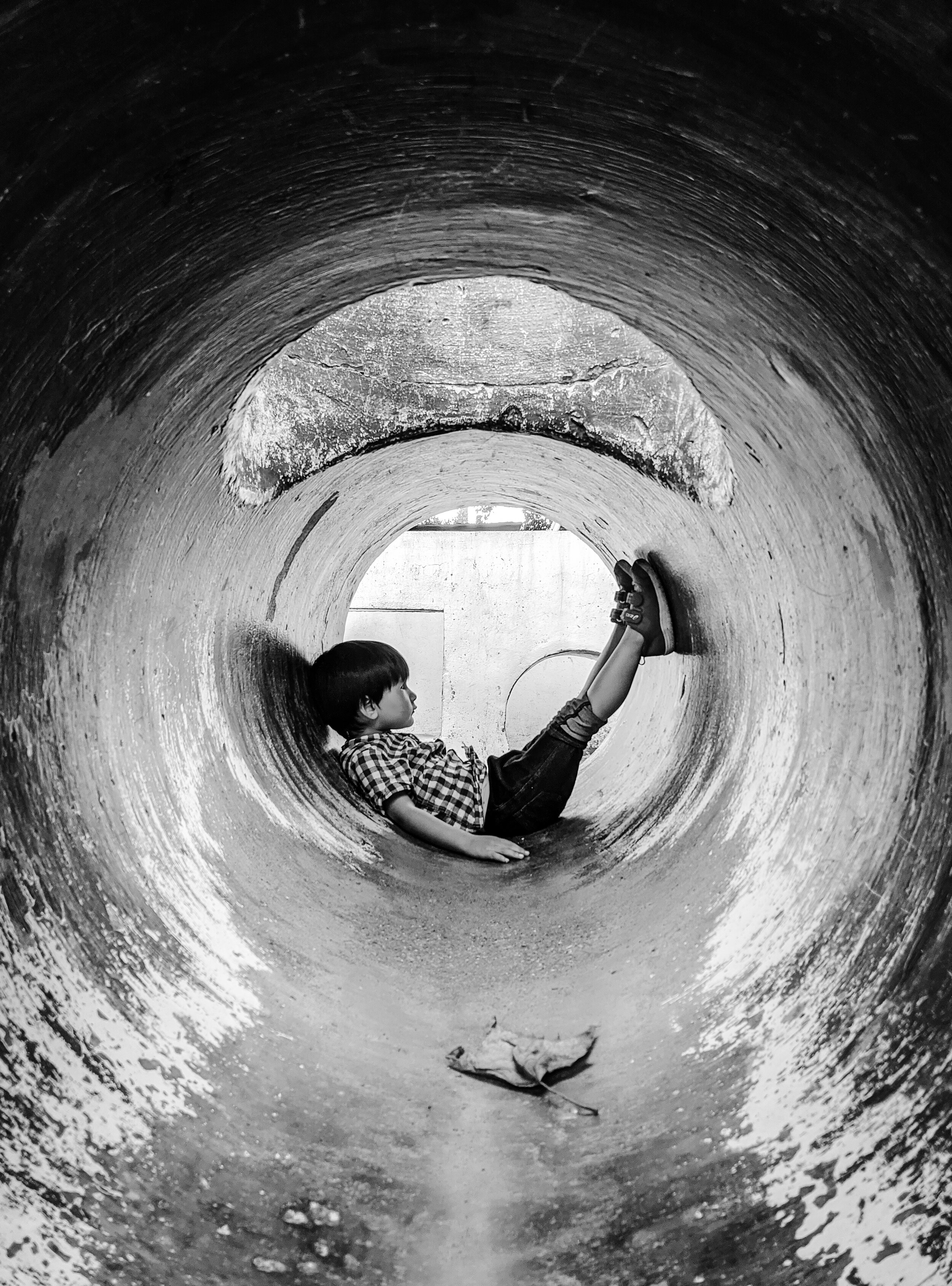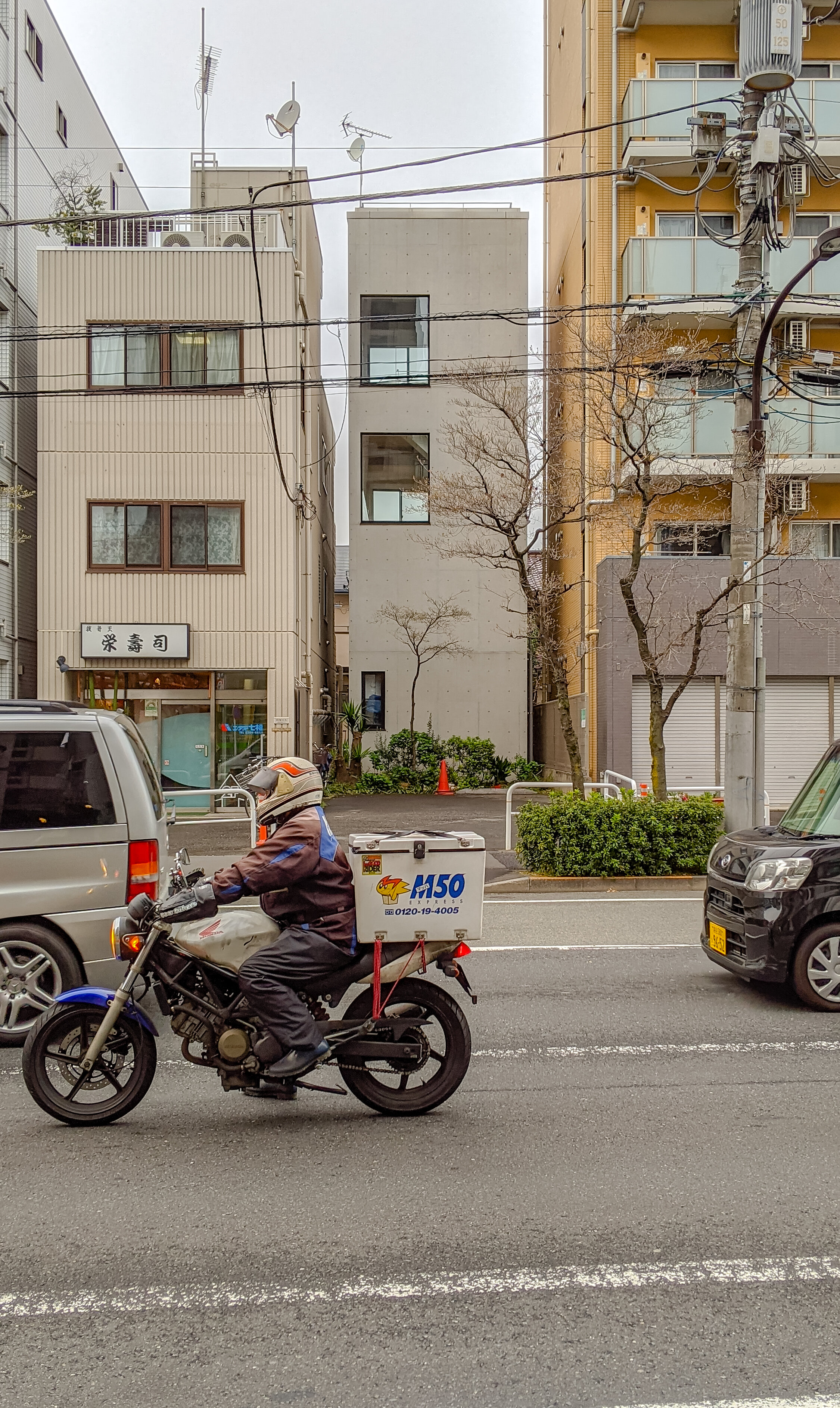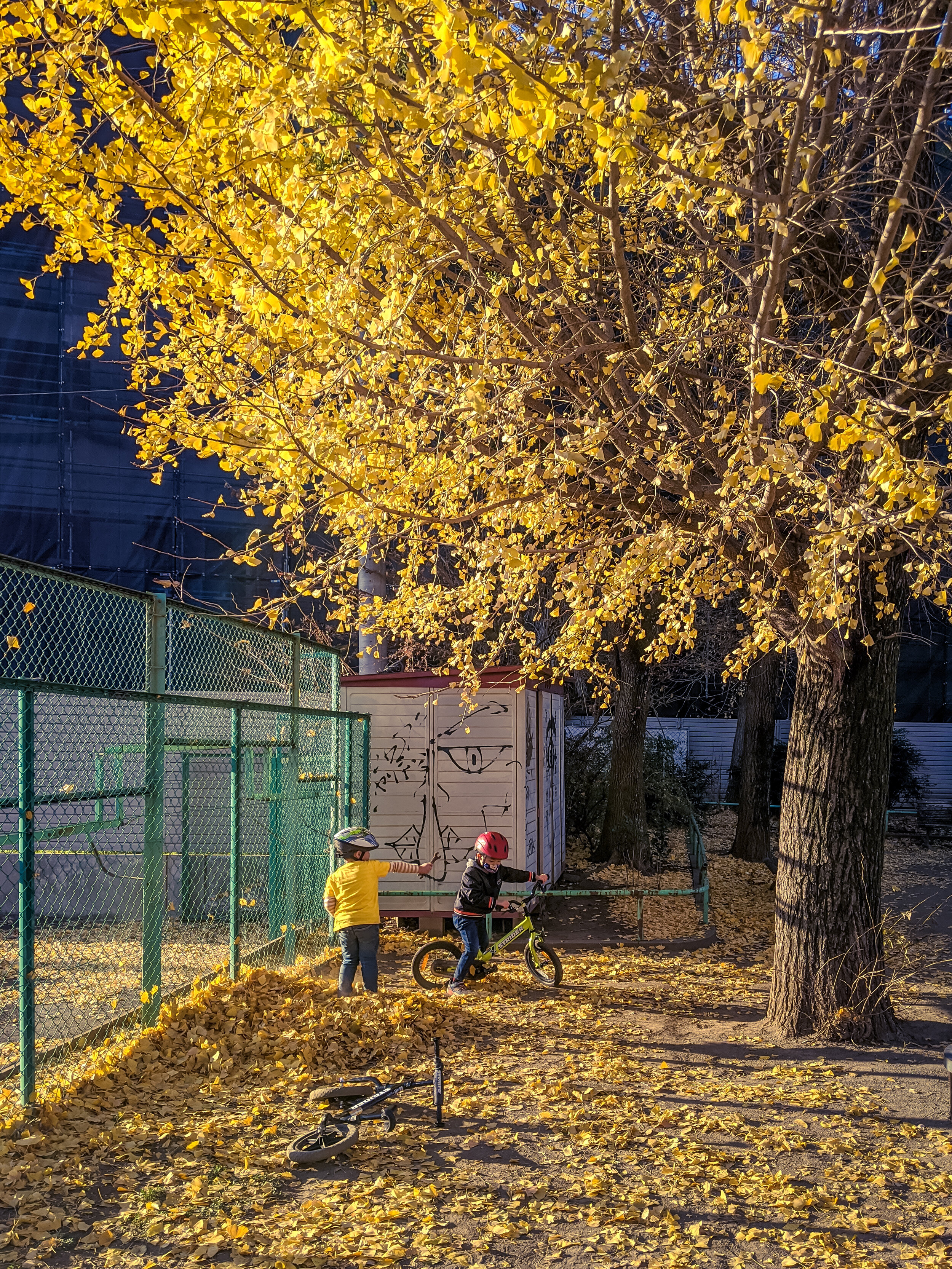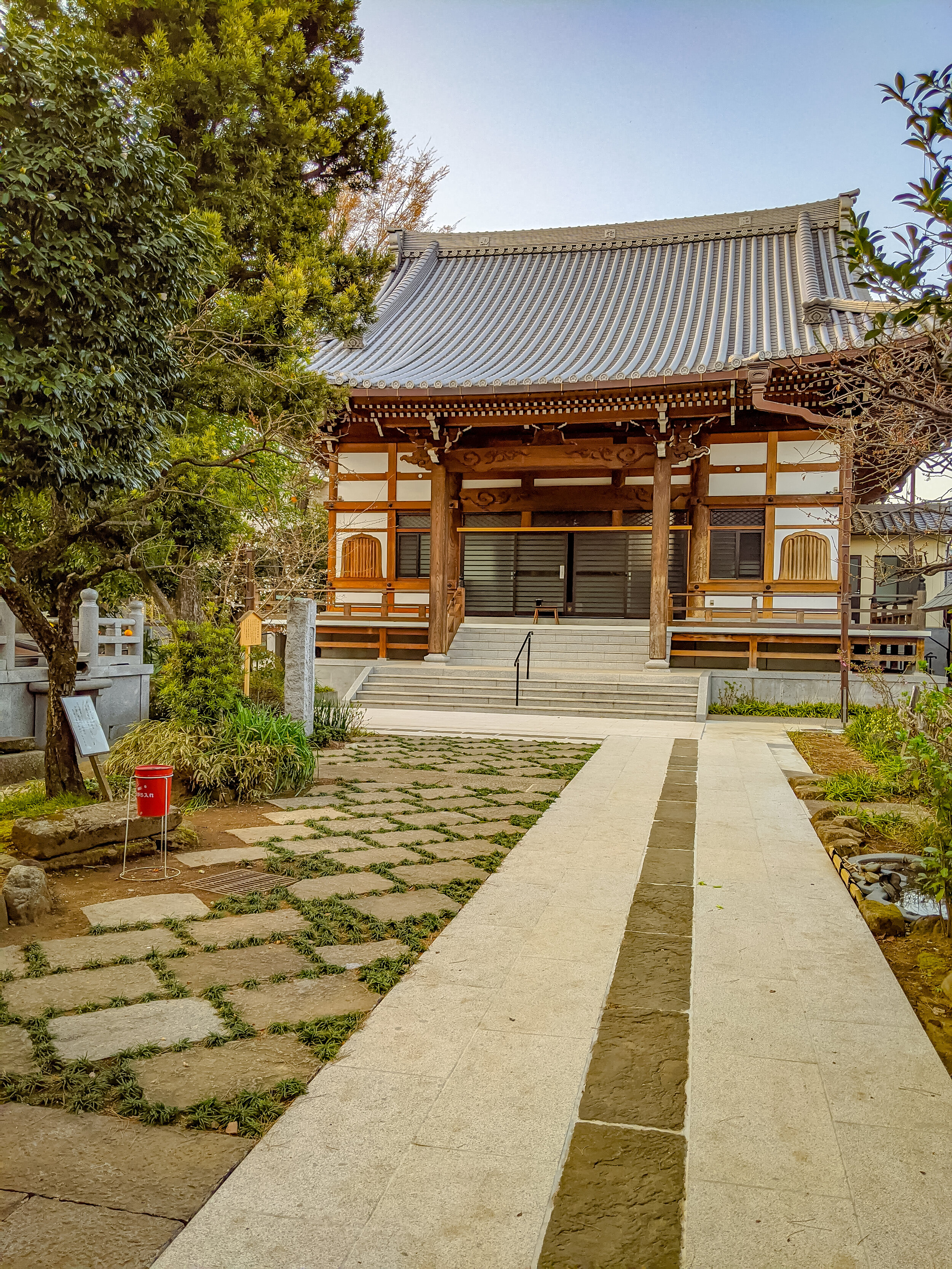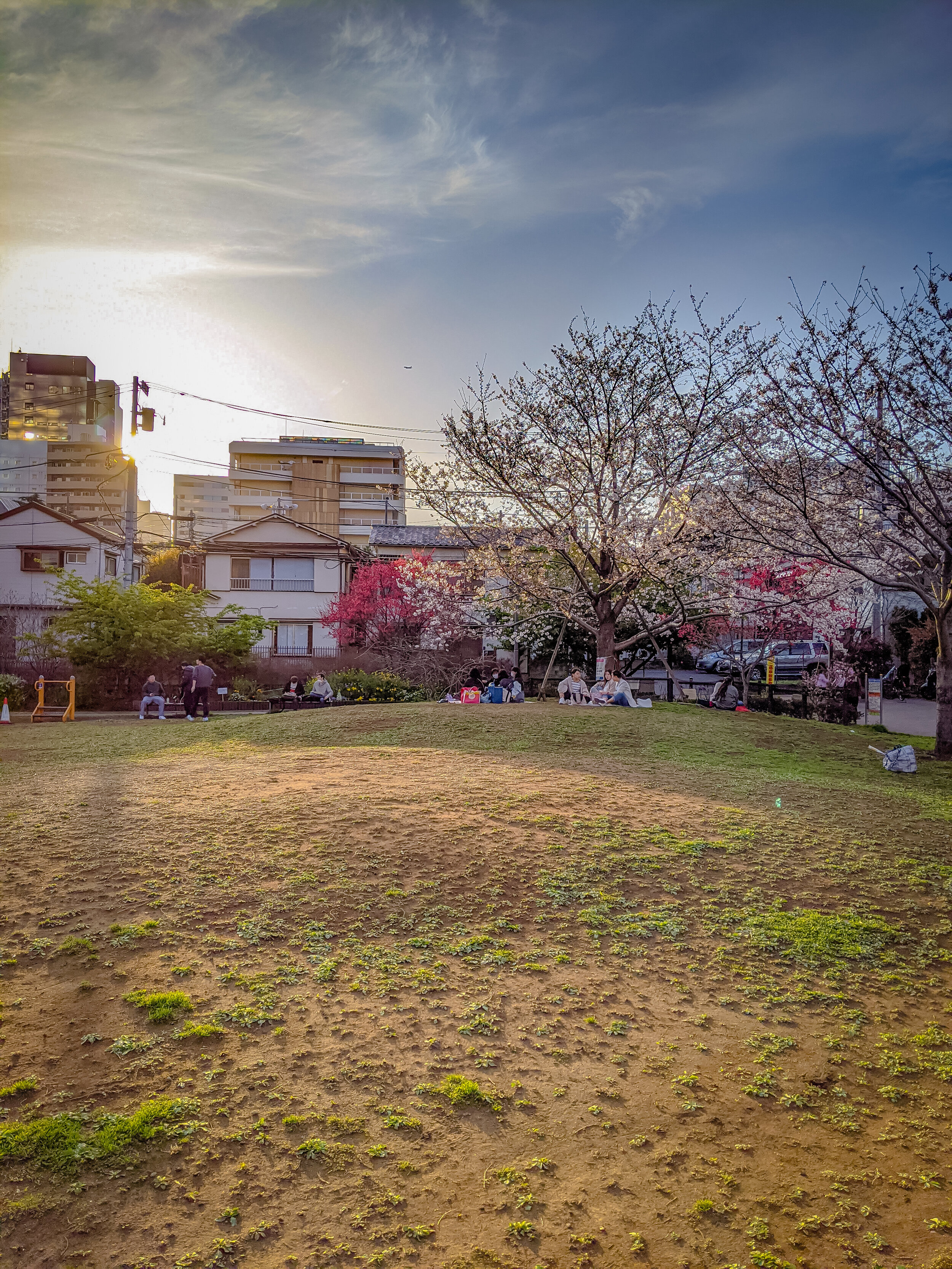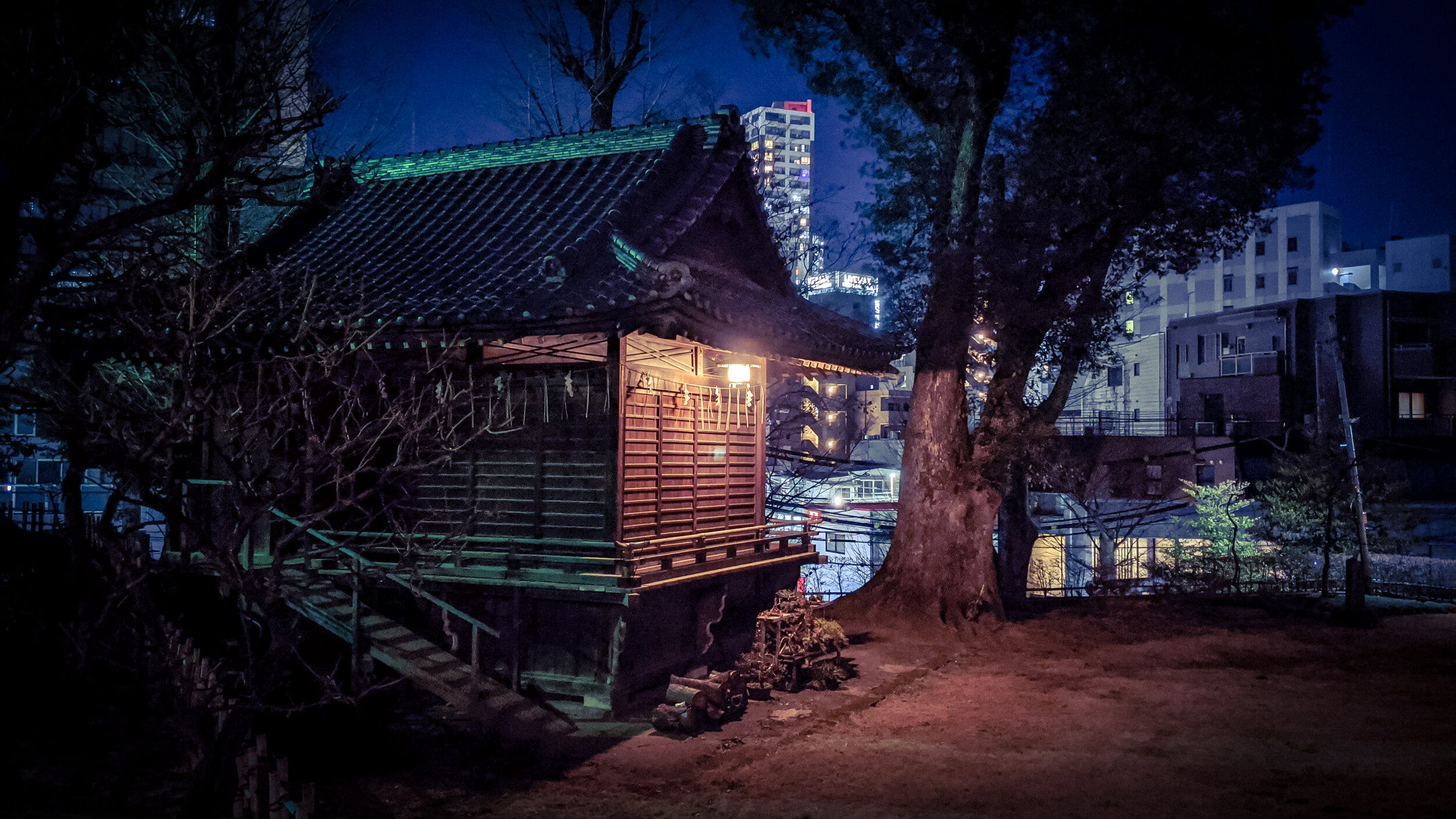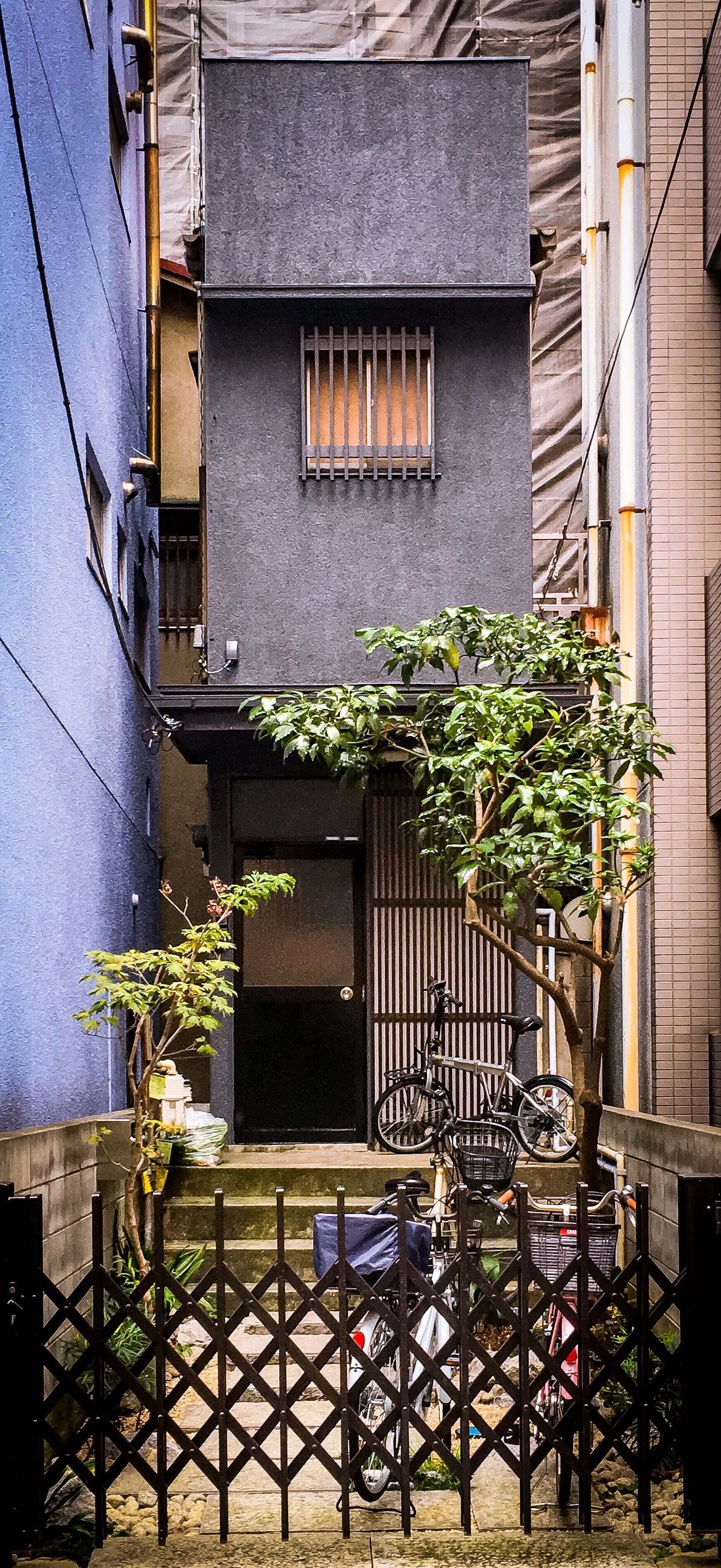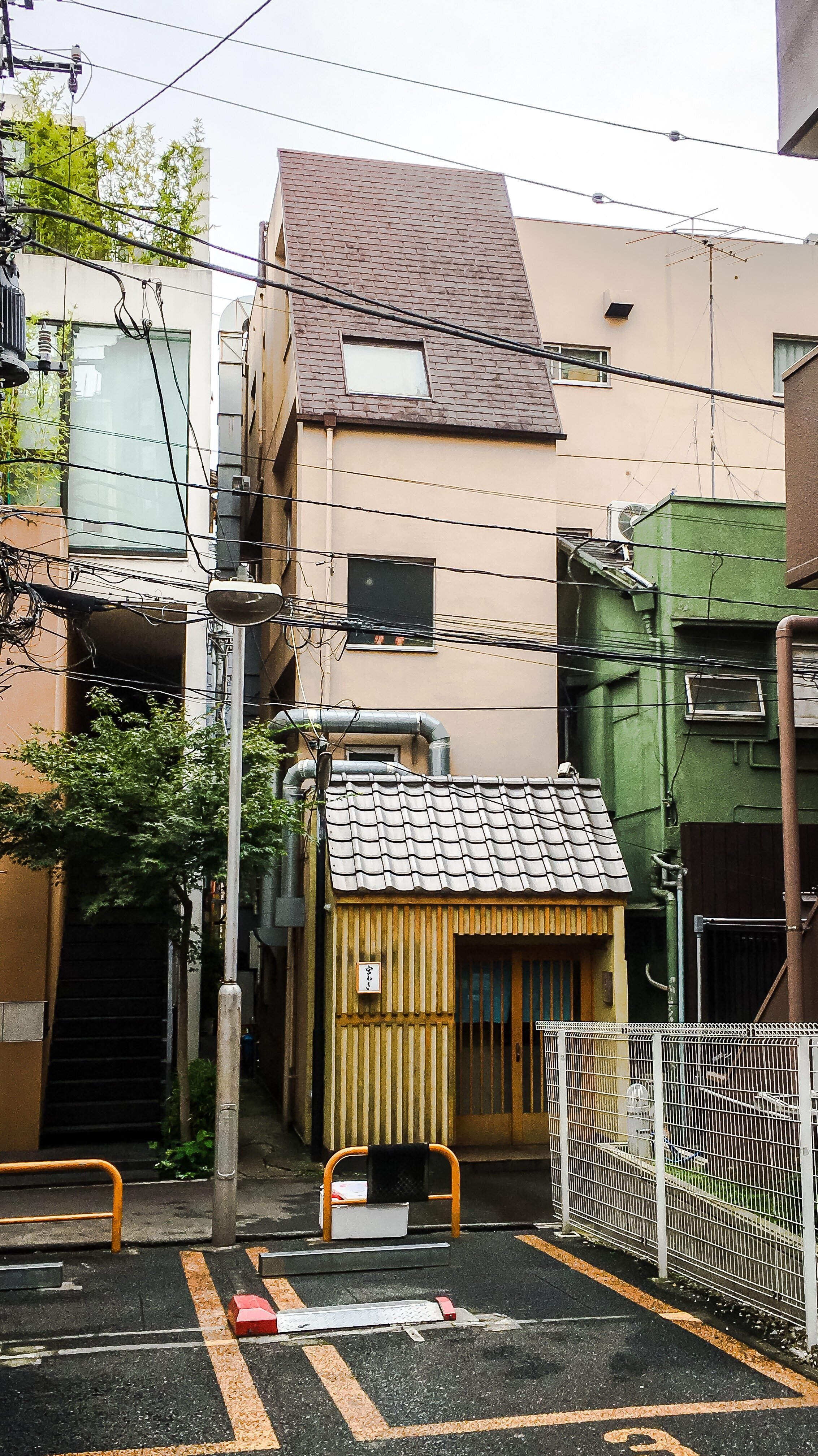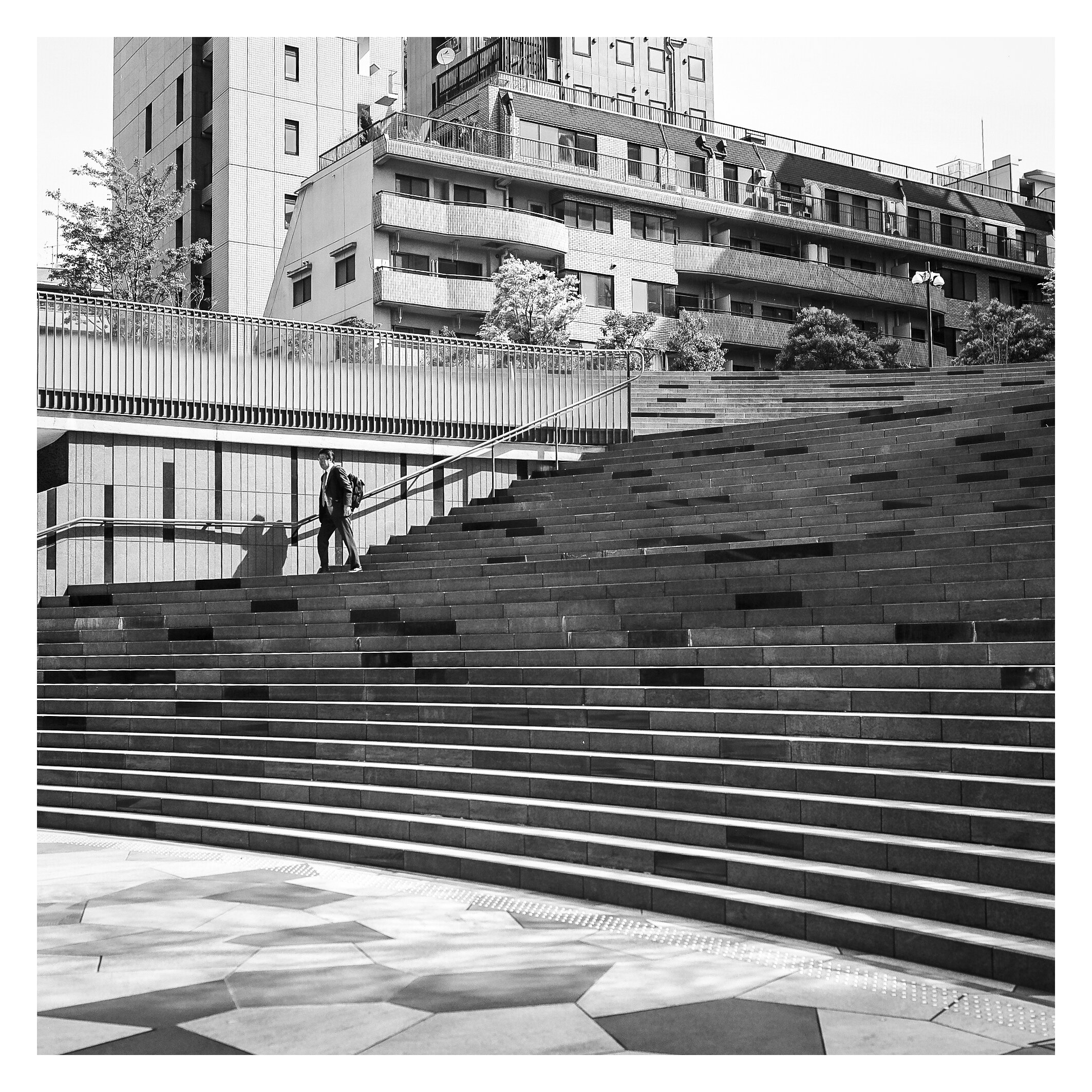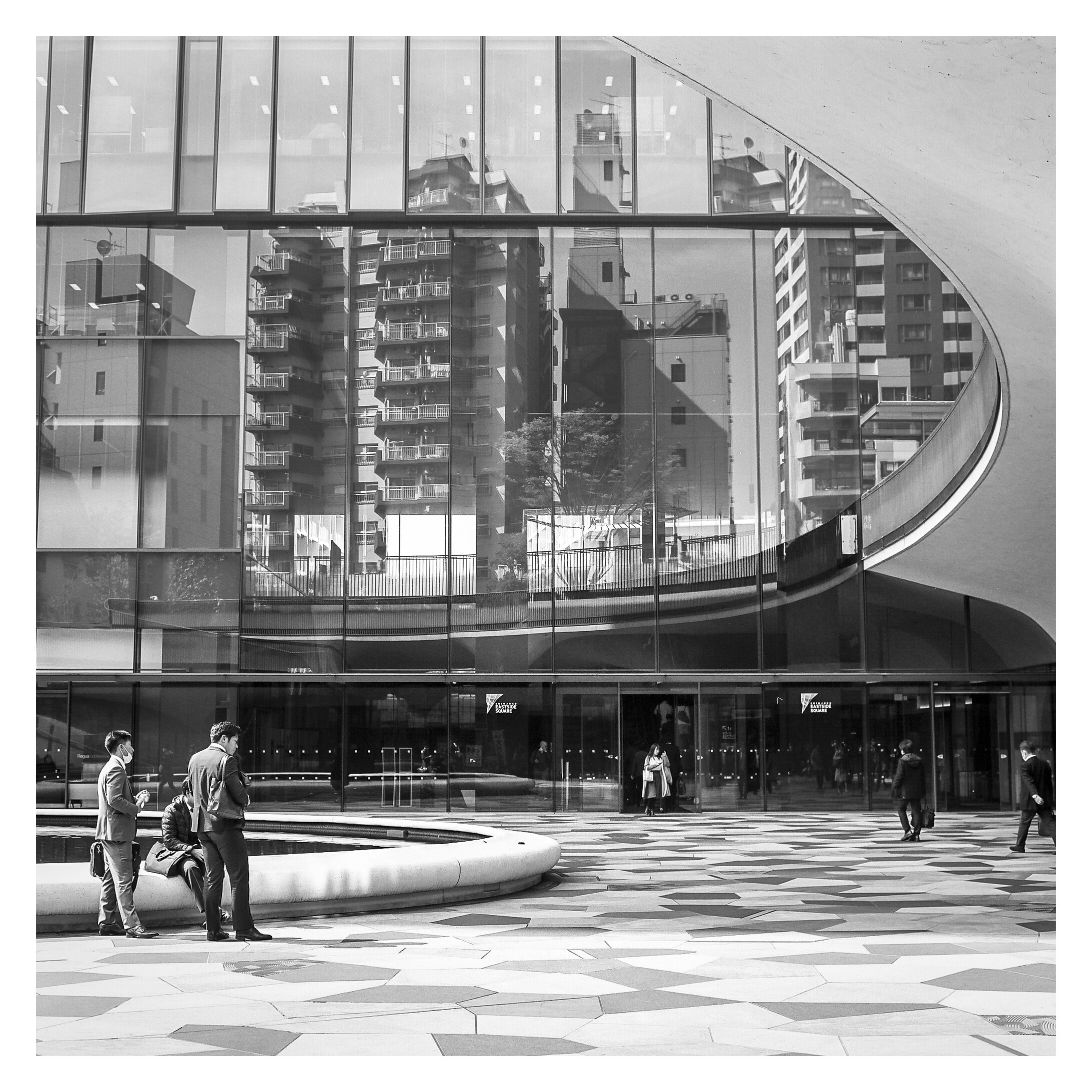Blog
Introducing my new lens: Nikon PC-E NIKKOR 24mm f/3.5D ED Tilt-Shift Lens
Nikon PC-E NIKKOR 24mm f/3.5D ED Tilt-Shift Lens
I decided to purchase a new lens! I was torn between a few options and was considering doing one of the following:
Buying a new Nikon camera (probably the Z6 III) to use as a secondary body alongside the Z8.
Buying the new Sigma BF with a 35mm f2 lens.
Buying the Nikkor 50mm f1.2.
Buying a tilt-shift lens.
Now, considering that all the options above are quite expensive, the plan was to finance the purchase by selling some lenses:
Sigma 40mm f1.4 (F mount)
Olympus 50mm f1.8 (for the Olympus OM1 film camera)
Sigma 105mm f1.4 (F mount)
Option 1 had many advantages: it would support the Z8, allow for faster shooting if I brought both cameras to events, and it would be lighter. However, since I’m not a wedding photographer, it wasn’t really necessary.
Option 2 intrigued me quite a bit. The new Sigma is truly beautiful, and the photos look great. However, there were several drawbacks. The main one was entering a new system and thus not being able to use the same lenses as the Z8. Also, the BF has no viewfinder. Everything relies on the rear screen, and I honestly don’t think I’m ready to shoot that way. The viewfinder is essential to how I work.
Option 3: I really like the 50mm as a lens. It would have been a good alternative to the Sigma 40mm I planned to sell. But since I already have the 85mm f1.2 for portraits, it didn’t feel essential.
So, Option 4 seemed the most appropriate. I’m an architect, and recently I’ve received some commissions to photograph buildings. Having a tilt-shift lens in my kit is definitely an advantage. I managed to buy one second-hand on Amazon in excellent condition. Unfortunately, my Z8 is currently in for repairs, so I haven’t been able to test the lens yet—but as soon as the camera is back, I’ll start shooting with the new lens.
A tilt-shift lens offers significant advantages not only for architectural photography, but also for product photography and landscapes. It allows you to keep more of the scene in sharp focus, producing more accurate detail. I can’t wait to share some new images taken with this lens.
See you soon,
Nicola
My camera gears and my wishing list
At the moment, I own the following cameras and lenses:
Nikon Z8 full-frame digital camera (Body, Z mount)
FTZ adapter (to use D850 lenses with F mount)
F mount 105mm f1.4 sigma art
F mount 40mm f1.4 sigma art
F mount 14mm f1.8 sigma art
Z mount 24-70mm f2.8 Nikkor
Z mount 85mm f1.2 Nikkor
Hasselblad 503 cx film camera medium format (Body)
80mm f2.8 for Hasselblad body
Olympus Om1n film camera full frame
Zeiss 50mm f1.8 for Olympus camera body
I'm not sure whether to keep (I would like to sell) the 105mm f1.4 for Nikon because it's very heavy and since I got the 85mm f1.2, I use it very little. I could switch it by investing some money with the Plena 135mm f1.8, but the cost is high, and I'm not sure if it's worth it in the end. Perhaps I'd like a second camera to complement the Z8. A Nikon Zf would be great, beautiful, small, and with the possibility of using the same lenses as the Z8. I could photograph models with two cameras around my neck, one with the 85mm and the other with the 40mm. The idea seems good to me except for the strain on my neck. As for the analog camera department, I would really like to buy the 50mm f1.4 for the Olympus, and then, but this will always remain a dream, a Chamonix 4x5 large format... to photograph what I still don't know hehehe but the object itself is extraordinarily beautiful. The Hasselblad is fine as it is. The 80mm f2.8 looks good and is sufficient.
Shooting models
I have always been primarily a street photographer. Sometimes I photograph architecture and landscapes, but I've never been a fashion model photographer. I felt like there was a big gap in my training as a photographer, so I decided to start photographing models. I started recently. A few months ago, I had the first opportunity with a Swiss girl photographed at the national stadium here in Tokyo. After this first experience, I decided to join a FB group for photographers and models in Japan and posted my photos of the Swiss model, asking if any other models were interested in collaborating with me (TFP). I was surprised by the significant number of requests that came in. Now I have a full schedule until July!! For me, photographing models is a way to refine my technique with the new camera with greatly improved next-generation autofocus in the z8 compared to the previous D850. And also to improve my portrait skills. In fact, I recently purchased a new lens. An 85mm f1.2. It's fantastic, super bright, super sharp, and with a beautiful bokeh. After two months of testing with models of all kinds, I must say I like this new world. I couldn't do this exclusively, but occasionally it's a way to change the routine of a street photographer. I then decided, after completing a fairly extensive portfolio of photos, to finish my TFP collaborations and only do it as a paid service. At least I can recoup some of the equipment costs I've incurred!
Time to change camera
I bought a new camera and i sold my “old” D850
It has been a while since I write a post in this blog and since I bought my Nikon D850, my basic all around camera so far. it was about 5 years ago and it is still a great camera.
Why changing ? Well the reason is that I am turning 40 soon and I wanted a change for my birthday. Something better especially on the Autofocus field and in-body stabilization and also I wanted to test the mirrorless cameras (mostly for the evf). I have sold some of my camera gears to buy the new camera…. the Nikon Z8 and I am so thrilled to receive it. It felt bad to sell my telephoto lens (150-600mm), my 70-200mm f2.8, my macro lens 90mm f2.8 and of course the camera , the D850 but it I hope it was worth it. I kept all my other lenses, the sigma 14mm f1.8, the sigma 24-70mm f2.8, the sigma 40mm f1.4, and the sigma 105mm f1.8. All of them of course F mount lenses so I had to order the F to Z II adaptor too. Now with the order comes the problems. There were two recalls from Nikon for two different problems related with the Z8 (apparently some cameras had issues in mounting the lenses and some others had issues with the camera strap). This means that instead of getting the camera in a week it will arrive in three months, in November, exactly for my birthday, but what the hell.
The image below has a 24-120mm f4 s Z mount kit lens attached to the camera. I considered buying the camera with it but at the end i stick with the lens i have for a bit and i will see later which one to buy in the Z mount lineup.
Soon another photographic exhibition at Tiers Gallery in Omotesando, TOkyo.
Tiers Gallery Omotesando, 16-18th July 2022
I am happy to announce my next solo exhibition. The venue is incredible: a beautiful building in Omotesando, Tokyo. The name of place is Tiers Gallery (https://www.arakawagrip.co.jp/tiersgallery/). The period of the exhibition is 16th-18th of July 2022. Looking forward to see you there!
A special thanks goes to HINOQI TOKYO for inviting me (https://hinoqi.com/). and for organizing the event.
Photo Exhibition at Untitled space in Tokyo
I am glad to announce that my next exhibition is ready to open!
Many thanks to Untitled space and Studio Wasabi for inviting me to exhibit my photos in their space. The Exhibition will open just for 3 but intense days, the first weekend of March, from the 4th until the 6th of March 2022. The Gallery is open from 11:00 am until 8:00 pm.
The venue is Untitled space (studio Wasabi) located near Keisei Hikifune station (exit A2). The address is : 3 Chome-13-7 Kyojima, Sumida-Ku, Tokyo 131-0046.
The Exhibition will focus on one of my favorite projects: Tokyo rivers. You will find a dedicated chapter on the Photographic projects folder of this website.
Finger crossed now. See you soon.
First solo exhibition in Italy. many more to come ;)
Despite the restrictions and the problems related with the covid 19 pandemic I was able to travel to Italy in August 2021 with my family. I stayed at my parents' for a month an a half. In that period I had the opportunity to present some of my photos in a solo exhibition in Camponogara, the small village near Venice where I grew up. The exhibition was quite small, 22 photos in total. The location was the town hall entrance lobby and the foyer of the conference hall since there isn't a proper exhibition room in the building.
The topic of the exhibition was Shinjuku. I decided to select 22 shots of the district where I live; it was a way for me to connect my previous hometown with the current one.
The exhibition was a success. it got published in the Gazzettino of Venice, the local newspaper. Many came to visit, much more than I expected, thanks also to the vacation period probably and to the good promotion made by the vice Major of the city, an old friend of mine.
Re-inhabit architecture
Summary of a lecture I am going to have at University IUAV of Venice entitled:
“Renovation of 20th century residential buildings for a new type of living.
The Japanese Approach”
( 29 May 2021 )
I’ve been asked from University IUAV of Venice (from the curator professor Maura Manzelle) to intervene with a lecture to a post-graduated master on the theme of Re-inhabit architecture. The Lecture will be held the 29th of May 2021.
The entire title of the Master is: Re-Inhabit architecture; Strategies, tools and processes for the project on existing buildings. The Master is directed related to the EU vision 2050 : No Net Land Take. The EU vision focuses on avoiding the consumption of the soil giving guidelines and strategies in order to use as much as possible the existing building heritage. (https://ec.europa.eu/environment/integration/research/newsalert/pdf/no_net_land_take_by_2050_FB14_en.pdf)
Actually I will be involved in two different lectures: one of them is just in support to Mr Kuma explaining projects from KKAA related to renovation and refurbishment (22nd of May) while on the other I’ll be presenting with Takeshi Yamamura, Associate Professor at the Department of Architecture at the Tokyo Polytechnic University & Co-founder of YSLA Architects. The second lecture will be entitled:
Renovation of 20th century residential building for a new type of living, The Japanese approach.
Here below a little taste in bullet points of what the lecture will talk about.
This lecture will be divided in three chapters:
1- Why talking about Japanese houses in an Italian context?
2- The evolution of the Japanese House from Tradition to innovation
3- How the Japanese approach could be used in the Italian context.
1 - WHY TALKING ABOUT JAPANESE HOUSES IN AN ITALIAN CONTEXT RELATED TO RESIDENTIAL BUILDING RENOVATION?
- Japanese architecture as a reference point to the entire world since the modernism. Bruno Taut, Frank Lloyd Wright, Carlo Scarpa, Antonin Raymond, Charles and Ray Eames, Mies Vand Der Rohe, Rudolph Schindler …
- Japan has the greatest number of Pritzker price, 8 in total.
Arata Isozaki 2019, Shigeru Ban 2014, Toyo Ito 2013, Kazuyo Sijima and Ryue Nishizawa 2010, Tadao Ando 1995, Fumihiko maki 1993, Kenzo Tange 1987.
- Japanese architecture has a very different approach to Renovation and Re-Use. Renovation is a relatively new concept in Japanese Context.
The Example of the Grand Shrine of Ise rebuilt every 20 years from the new generation of Carpenters (old carpenters teach to the new carpenter how to build it).
- The average life of a house in Tokyo is 26 years vs 100 years of an House in Europe.
- House construction technology in Japan: balloon frame construction . There is a tendency of demolishing and reconstructing at every generation. This also justify somehow the reason behind the particular self-tailored and experimental houses in Japan.
- Italy and Japan: similarities though data:
Japan and Italy have the most elderly population in the world; 1st Japan and 2nd Italy.
In both countries most of the families are composed by two parents and only one child.
In both countries the number of people living alone are increasing. The number of families are increasing but the members of the families are decreasing.
Both countries are facing an economic crisis (and have a huge public debt) and an impoverishment of the middle class with young couple unable to buy a property.
In Both countries we are facing a gradually depopulation of the rural area in favor of the big cities (Milan and Tokyo) > Houses for 1 Euro.
BUT if Japan, in some way, was able to adapt, react and respond to these changes, Italy seems to move a bit slower, relying on old typologies, inappropriate residential spaces and with a rigid residential market.
2 - THE EVOLUTION OF THE JAPANESE HOUSE FROM TRADITION TO INNOVATION
- Flexibility in space usage has always been part of the Traditional Japanese houses.
- From immediately after the WWII until today The Japanese House has become The Main experimental element in Japanese architecture dismantling all the previous concept of Typologies, living condition, dimension/scale, flexibility of the space ,…
SMALLNESS
The result of the subdivision of the land in smaller plots was a city without voids composed by extremely small units small unrelated to each other or to the exterior (Densification of the city and reduction of the open areas). The house in this new scheme occupies the entire site > only 50cm between buildings. Numerous problems related to the proximity of the buildings (air circulation and introspection).
Examples of small and introvert Japanese houses :
……….
NEW TYPE OF LIVING SPACES
Despite some good examples the majority of the these small houses are lacking space quality and have lost any kind of relation to the exterior and to the city.
“1 person apartment” is the main Typology in Tokyo (50%)
Above: the cover page of “Tokyo Style” by Kyoichi Tsuzuki .
The Author spent 2 years documenting these “closet-size” apartments whose occupants uses their neighborhood as an “extension of their living room”
Above: a capture of the movie “The box man” from the novel by Kobo Abe.
BUT Recently some Japanese architects have tried to recreate again the relation between interior and exterior typical of the traditional Japanese houses (relation lost in the small units after the plot subdivisions) generating a quality space despite the compressed volume.
> Examples of Japanese houses where the architect and the client experimented new types of living spaces:
………
3- RENOVATION
In this chapter we will present some good examples where architects re-thought the space for a new type of living.
………..
CONCLUSION
HOW JAPANESE APPROACH COULD BE USED IN THE ITALIAN CONTEXT:
- Some data regarding residential building in Italy compare with Japan
- Description of the changed in the society and the need of a different typologies of apartment : Families composition, ageing of the population, immigration and mobility
- Demand and supply in Italy does not match.
THE JAPANESE LESSON
- Flexible layout
- Quality space in a small volume. Increment of Urban Density”
- New society means new type of living and new typologies.
Gordon Matta-Clark, Splitting , 1974
My camera gears and my wish list.
When I go out to take photos either for my own pleasure of for a commission I use two different types of bag: A cross bod bag or a backpack.
The Cross body bags is smaller and I used it normally for the analog cameras while the backpack is bigger and divided in compartments and I use it for my full frame DSLR and my micro 4/3rd mirrorless with some spare glasses.
I have two digital cameras:
- Nikon D850: very reliable well weather sealed and solid. It is a trustable camera and I choose it above other amazing mirrorless cameras available at that time (especially the Sony Alpha 7r III which was my other option), now the scenario is quite different with a lot of amazing products on the market. The quality of the images you get from the D850 is phenomenal and therefore I tend to use this camera mostly of the time for working purposes (commission). It has over 45 Megapixel so its perfect for landscape and high detail images but there is a downside; The high resolution is not always optimal for taking pictures at high ISO (low light situation) but I have to say that I am still quite impressed of mostly of the photos in dark environment. Another point I would love to have is a better focus system, especially the eye AF, tracking the subjects (like the one in the most recent Canon R5 or Sony Alpha 7r IV).
Being my first choice for work I have several glasses to used with this camera. Here below a list of them:
> 24-70mm f2.8 Sigma
> 70-200mm f2.8 Tamron
> 14mm f1.8 Sigma prime glass
> 85mm f1.4 sigma prime glass
> 90mm f2.8 Macro Tamron
- Canon M6: small and compact. It can fit in my pocket and I use it when I cannot use the Nikon for practicality, especially when I take photos of my family. I never use this camera for work or for my important projects but the quality of the pictures is great. I would like to try to use this camera also for Macro. In Macro photography the micro 4/3rd sensor could come handy making an extra enlargement of the picture if consider a similar focal with a full frame DSLR. I could use an adaptor and get a macro glass to serve this purpose…. Its in my wish list… but not a priority though.
> 18-55mm f3.5-5.6 Canon
I have two analog cameras:
- Hasselblad 503 cx: This is by far the most beautiful camera I have. It not just a good camera but it is also a beautiful object. It’s simple, reliable and has many amazing glasses to pair with.
The 500 series by Hasselblad are legendary and I decided to go for the 503cx because is the last one that came out completely manual. I have purchased it with the normal waste level view finder and also a prism view finder which convert the camera in something that look a bit more similar to a DSLR. The prism way finder has also a meter which makes everything easier.
The medium format (120 6x6) also give a lot of details on pictures. I have only one glass for this camera: the Zeiss 80mm f2.8.
- Olympus OM1n 35mm film camera: I have inherited this camera from my father and it’s the camera I always bring with me due to its compact size. It is also light but solid at the same time. Sometimes I have some problem in focusing properly but I always have fun when I have it on my hands. It is a camera that I would suggest to somebody who wants to start using a first analog system. It’s easy and fun to use. I have two glasses for this camera: a zuiko 50mm f1.8 and a zuiko 35mm f1.8.
Lately I am experimenting on 35mm films. I normally shoot with the Kodak portra 400 iso but recently I am trying a series of new film like BNW kodak or the fancy Lomochrome Metropolis Tokyo…. So excited about this last one. Looking forward to shoot with this.
I recently bought also a proper monitor for photo editing: The EIZO 27” ColorEdge CS2740-BK. It’s a 4K UHD resolution monitor with an aspect ration of 16:9 an adobe RGB99% color covering. It wasn’t cheap at all but the difference with my previous monitor is more than noticeable. I will make a great use of it after I will receive the printer which will complete my Small Home Office.
For the printer I am still doubting between two machine: the Epson SC-P900 and the Canon imagePROGRAF pro1000. They are Both A2 size paper printers. I am almost convinced to go for the Epson for the reason below:
- It’s newer
- It’s more compact and fit better on my desk
- It has 10 cartridges rather than 12 of the canon and they cost less. It also consume less inks
- It accept rolls paper (Canon only sheets).
The only reason I am still waiting is that the P900 cost more and I believe soon we will see the new version of the Pro1000 from Canon. I am also doing some renovation in the house and part of it is also for the studio. Being able to acquire a small space for my office in a tiny apartment like mine was a big challenge and I am happy about the result. Soon some pictures ;)
What Else in my wish list?
- A Sturdy tripod like the GITZO GT3533S… but not in my budget at the moment. I have one tripod and for the moment is more than enough. But in the future I would like something more solid especially for the astrophotography.
- A big format view Camera. My dream is a Chamonix 8x10 or a Stenopeika 8x10. Also these beauties are out of my budget at the moment but I still hope hope for the future.
- A star tracker for astrophotography.
- A tilt shift glass for the Nikon D850 for the Architecture photography.
- A soft-box with a decent flash-light. I have a very good flash-light but I’d like to have a second one.
- A 50mm 1.4 for the Nikon
- The 50mm f1.4 for the Olympus OMn1
I guess that’s all. I have to start saving money if I want to be able to get even a small part of the list above.
See you soon.
Living in Shinjuku-ku Yochomachi: a neighborhood for Families, Doctors and … Escorts.
I have been living in Shinjuku ward, Yochomachi neighborhood for about 6 years. It’s my fifth apartment since I moved to japan 11 years ago. Despite its location (center of Shinjuku ward, inside the yamanote line circle and close to Shinjuku sanchome and Kabukicho) Yochomachi district and wakamatsu kawada station is not a popular area of Tokyo; there is nothing here to catch the attention of a tourist; it’s mainly a residential area for families. The district is mainly known for its hospitals. There are 3 big hospitals (Tokyo women’s medical university hospital, the National center for global health and medicine and the Red cross headquarter); there are also many clinics of all types and drugstores and therefore many doctors are living in the area.
The weird thing is that due to the proximity with Kabukicho (red light district and clubs district area) this is also a district where many escorts are living. You can see them (very recognizable looking) living their apartments after dinner time to get a taxi towards Kabukicho.
Other than hospitals, Wakamatsu Kawada station is known because it’s the location of the most famous Spanish restaurant in Tokyo: Ogasawara hakushakutei (http://www.ogasawaratei.com/en/rest/).
The restaurant is right behind the station exit building. It’s impossible not to notice the restaurant because the building has nothing to do with the surrounding. The complex is quite big, considering building and the surrounding garden. The restaurant is a Spanish colony style building with a beautiful courtyard and a an enormous tree near the entrance. Despite the traditional Spanish looking façade, the building does not look kitsch at all but rather elegant and well placed.
Right next to the entrance near the beautiful big tree there is the entrance to the café.
My wife Yuri had the pleasure to have dinner at this restaurant a couple of time for work and she was extremely satisfied about it from the appetizers till the desserts and the wine selections … and I always trust her opinion about food! It’s not cheap though: it’s around 15’000 -20’000 Yen a person for a dinner course but apparently it’s worth it! For sure there are not many building like this in the entire Japan.
Do you like bread? Me and My wife do love bread! I tell you this because we got lucky in living in a neighborhood where there are 2 great bakery shops so that we are never out of good bread:
Tedukurinopammineya bakery on Maneki street and Bakery Donsuke .
They are not simple shops; they are mainly bread laboratories and mainly they produce breads for other restaurants. None of them are fancy shops and they do not have table, stools or just a place where eventually seat to consume the bread that you have just bought. I suggest you to take a visit to them if you are a bread lover like us.
Yuri’s favorite is Bakery donsuke but I personally prefer the one in Maneki street.
What else? Well on the way to Akebonobashi we do have apparently a famous yakitori place (Yakiniku Hiromiya: https://tabelog.com/en/tokyo/A1309/A130903/13177366/)… famous enough that we never managed to get a table there ... We will try soon or later and we will give you our personal opinion about it ;) Right before there is one of the best ramen restaurant in tokyo (top best ramen in Tokyo 2016 and 2018). The name is “Noodle house Chitose” or “MenanChitose” (https://tabelog.com/en/tokyo/A1305/A130504/13182327/). It’s a bit hidden and it’s not located in a street where many people pass by but it is definitely worth a visit if you are around and you love ramen like myself.
There is also another ramen restaurant in at the nukebenten crossing; it’s a curry Tsukemen ramen, (https://tabelog.com/en/tokyo/A1304/A130401/13131036/). It’s a bit heavy but the spicy tsukemen ramen is really good.
Additionally we have also a good old style sushi place with a reasonable price (https://tabelog.com/en/tokyo/A1304/A130401/13058678/). We go there very often…. or at least we used to before the Covid.
As we said the district is mainly a residential area and therefore we do have a lot of pet-salon, coin laundries, supermarkets and playground. Some of them are truly beautiful.
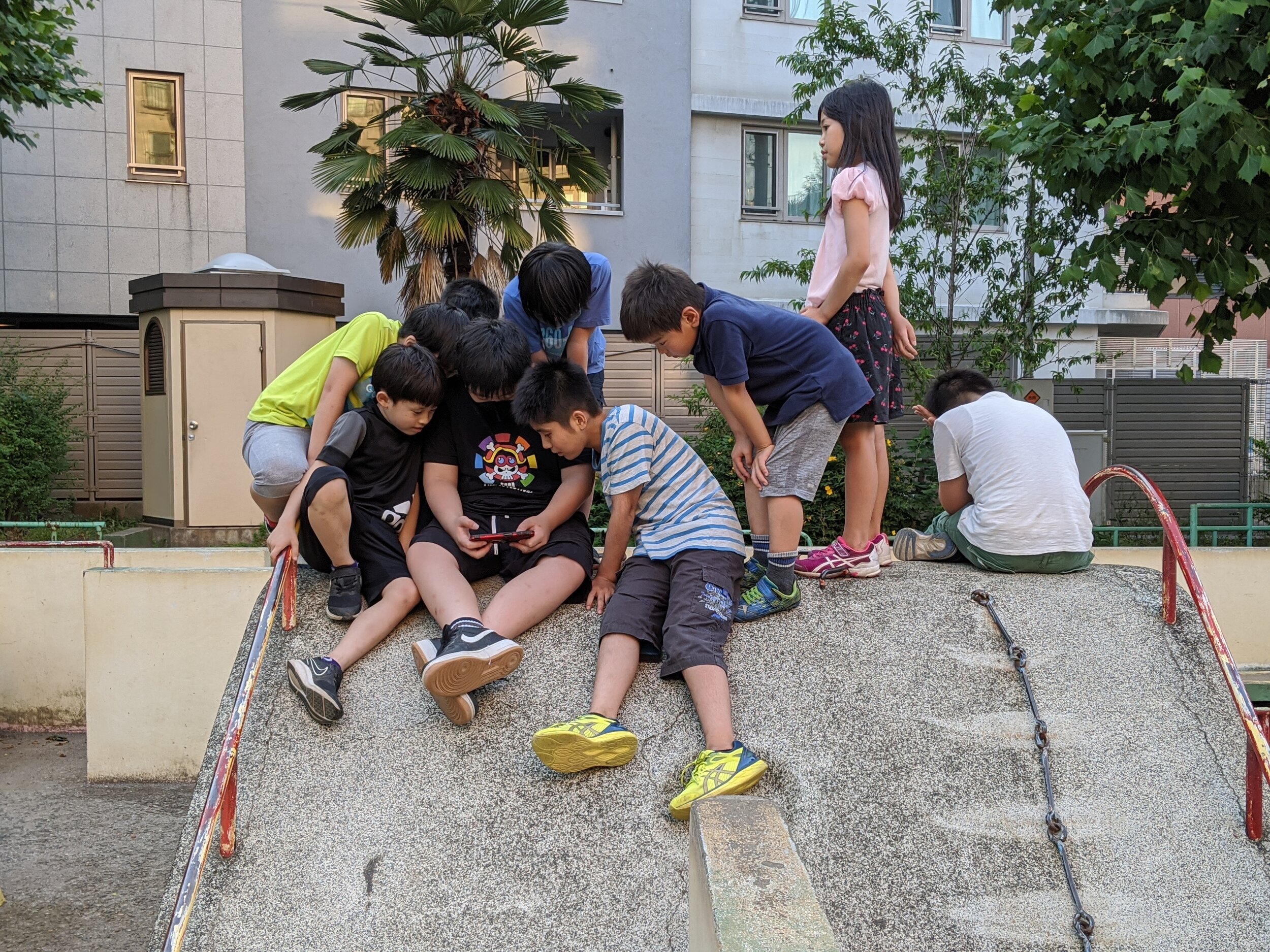
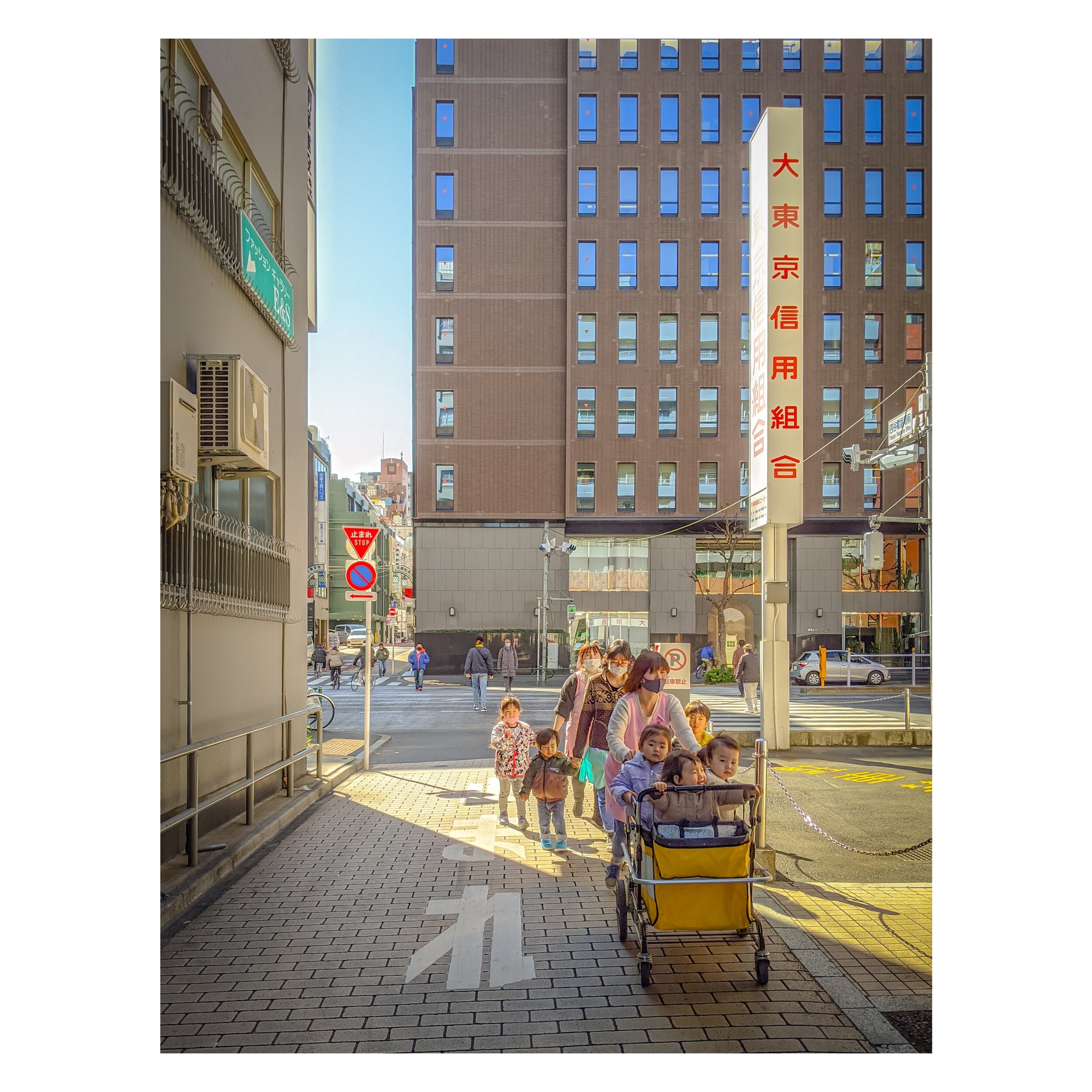

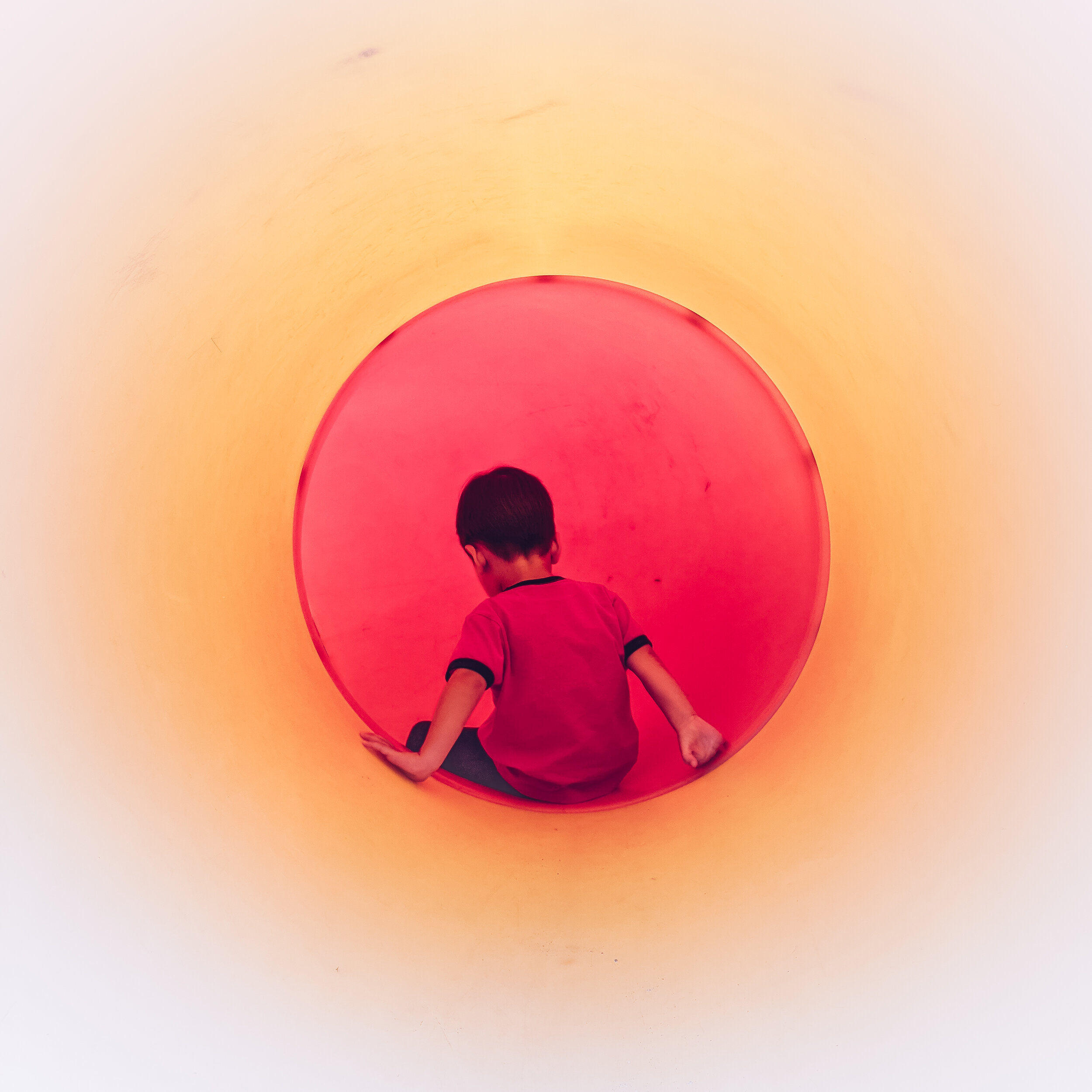
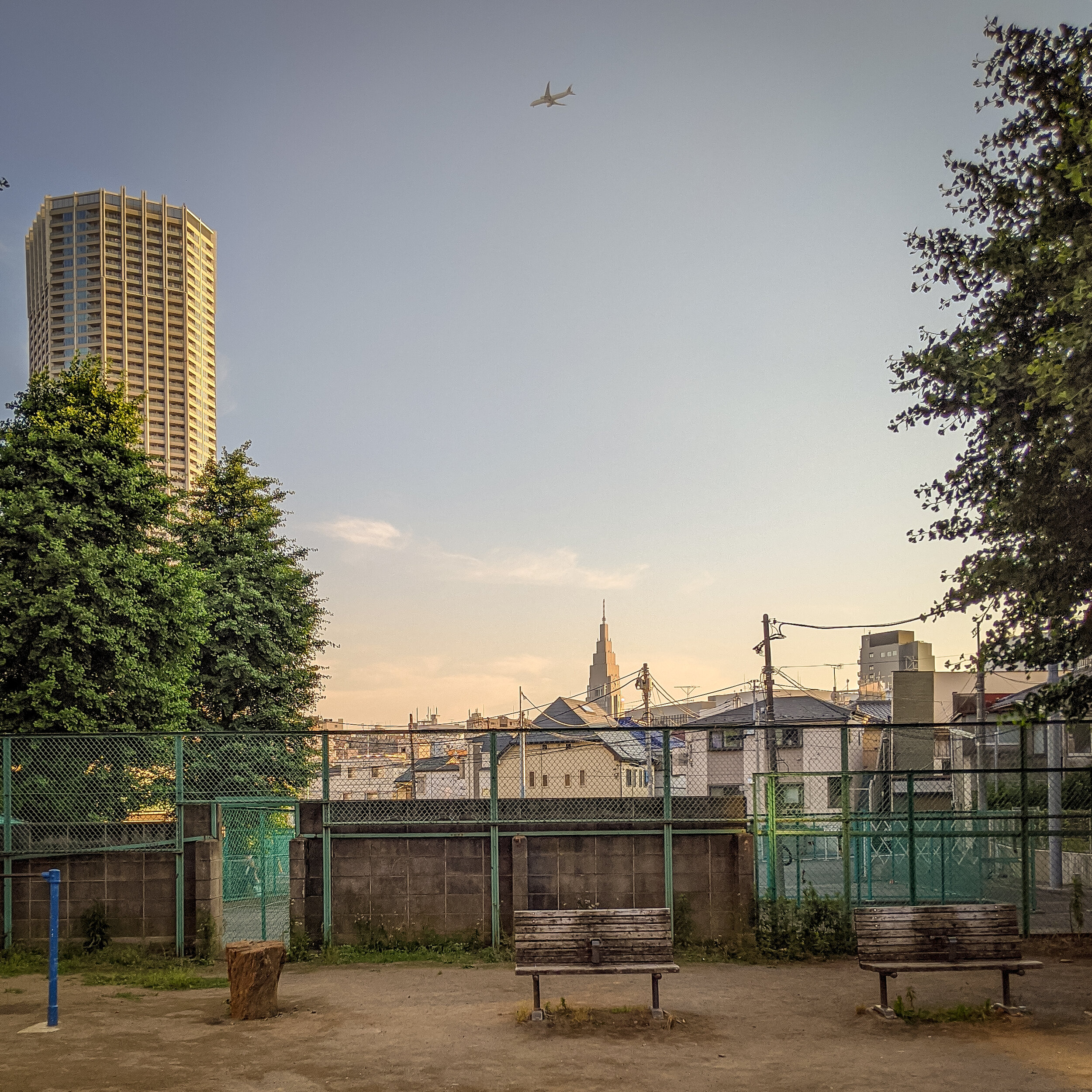
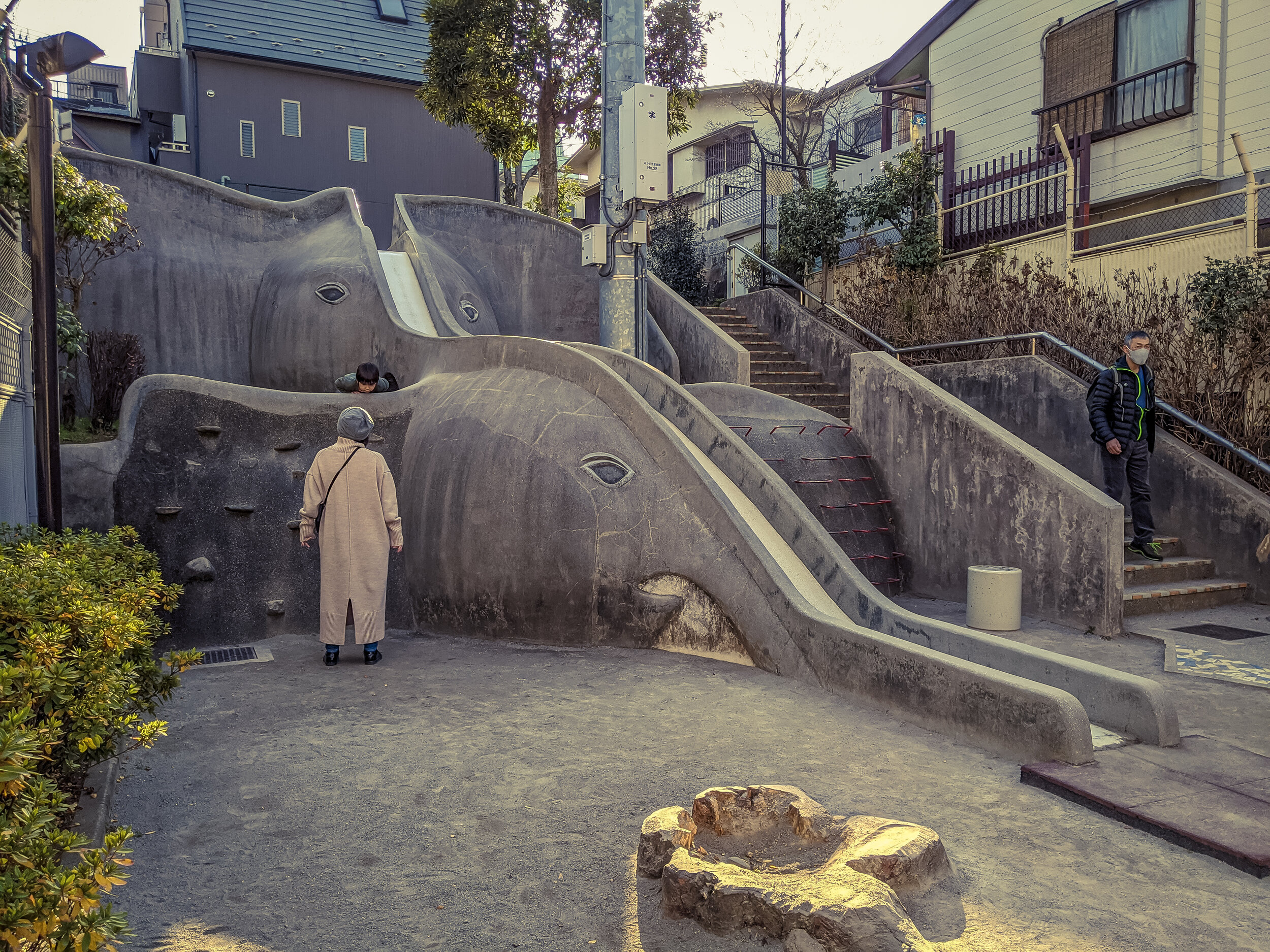
On the neighborhood there is also a traditional tatami shop (one of these days I might ask to the old guys who owns the place for an interview; it would be nice to make a video about his work). It’s right in front of our apartment. We got also a decent pizza place despite the weird name: Panda pizza (https://tabelog.com/en/tokyo/A1305/A130504/13199481/).
In 15 min walking distance there is also my favorite bar in the area: Jeremiah ( https://www.tripadvisor.com/Attraction_Review-g1066457-d15668529-Reviews-Jeremiah-Shinjuku_Tokyo_Tokyo_Prefecture_Kanto.html) .
Within 20 min walking you are in center Shinjuku or at Kagurazaka.
Here above a photo of a cocktail from Jeremiah bar in Shinjuku, my favorite bar in the area.
Additionally we got even some interesting temples and shrines around. At the Nukebenten crossing there is a very small but extremely nice one with a little water basin with some colorful carps.
Another one is accessible from the Maneki street on the way to Higashi Shinjuku station. It’s particularly nice during the night and the best way to approach it it’s probably from the Higashi Shinjuku side by the steep entrance stairs. The other one is called Kokoku-ji and its closed to the Ushigome Yanagicho station. Before the old pavilion there is a new building with hundreds of little buddhas lighted with different colors. All of them are worth a visit.
Nukebenten temple. Ceremony for a Company.
Temple at Ushigome yanagicho
Some other image of the neighborhood





















